Waking to a day of monochrome grey we sampled Rollestone’s finest breakfasts [smoked salmon with the scrambled eggs] before heading out for The Next Adventure…
This entailed turning right at Airmen’s Corner [so called for the Royal Flying Corps’ first fatalities, July 1912] and pretty much directly south to the runnymede [i.e. wet meadow] of the future Salisbury, where monks moved from Old Sarum after some unreconcilable differences between Church and State in the early 13th century
to build a famously magnificent Cathedral in just 38 years [1220 – 1258], which we explored for an hour or so on our own.
In the Chapter House under a stone frieze of The Bible’s Greatest Hits lives a very fine example
of the Magna Carta, just sitting there in all its tiny goosequilled [feathers from right wings for the left-handed or more likely left-wing quills for righthanders] calligraphic glory.
Late morning was the tower tour and ascent, seeing up close how the huge edifice was fit together
with tons of wood on the inside, even more tons of rocks on the outside, tons of lead for the roof and even for the glass, bits of which had survived the centuries.
High in the tower were more recent individual panes etched by donors from many nations
…or un-etched, offering
dizzying views from within,
without
and within the tower proper.
Salisbury High Street, where the Church of St. Thomas contained a few of the formerly ubiquitous but now extremely rare 15th century frescoes [most having been obliterated in/by the reformation, with the best survivors too elevated and dark to properly photograph],
was textural also.
Crazy masonry, dog-friendly signage and
the new Wessex Wing in the Salisbury and South Wiltshire Museum a revelation,
whereas its older displays, predictably idiosyncratic, left us if nothing else
mesmerized by the 14′ tall Salisbury Giant [ca. 1400] and his mischievous companion Hob-Nob.
Late [too late for tea in the museum cafe] afternoon we
followed the advice of an enthusiastic “modern” [17th century] historian well-met in the Wessex Wing and finish off the day with a visit to Old Sarum, first settled around 3,000 BC, site of the original Cathedral ca. 900 – 1200, its castle finally abandoned in 1322.
The Cathedral’s foundations remain visible in the grass outside the walls, which are evidence of bronze and later age fortifications composed of many stones, predominantly flints.
Skies lowering, light fading, we proceeded north to the outskirts of Amesbury, then west on the 303, where just before the Airmen’s Corner turn was a glimpse of Tomorrow’s Destination.
At the Manor it was a wonderfully flaky cod for dinner with nary a Bustard [save the taxidermy] in sight.
M
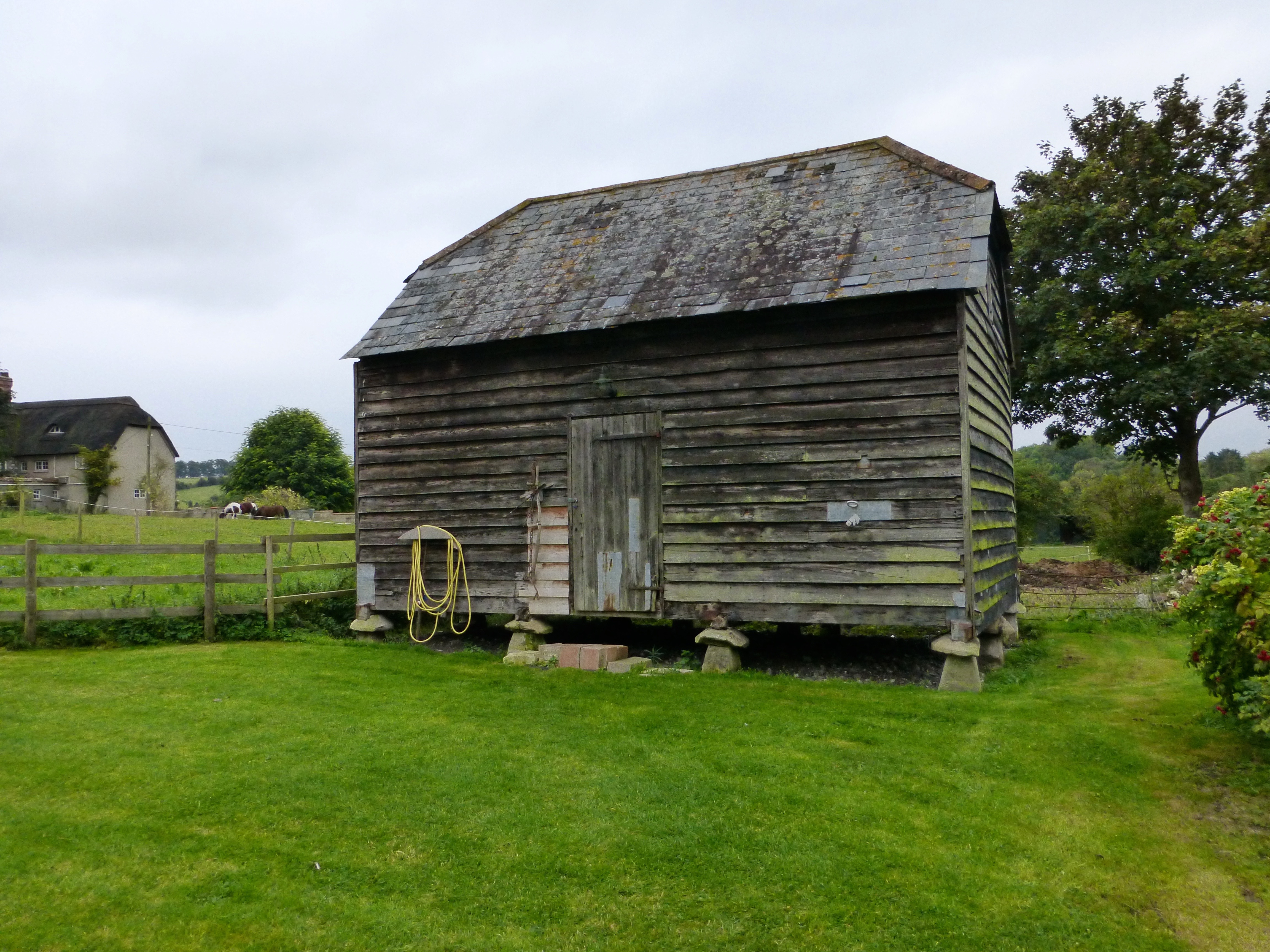

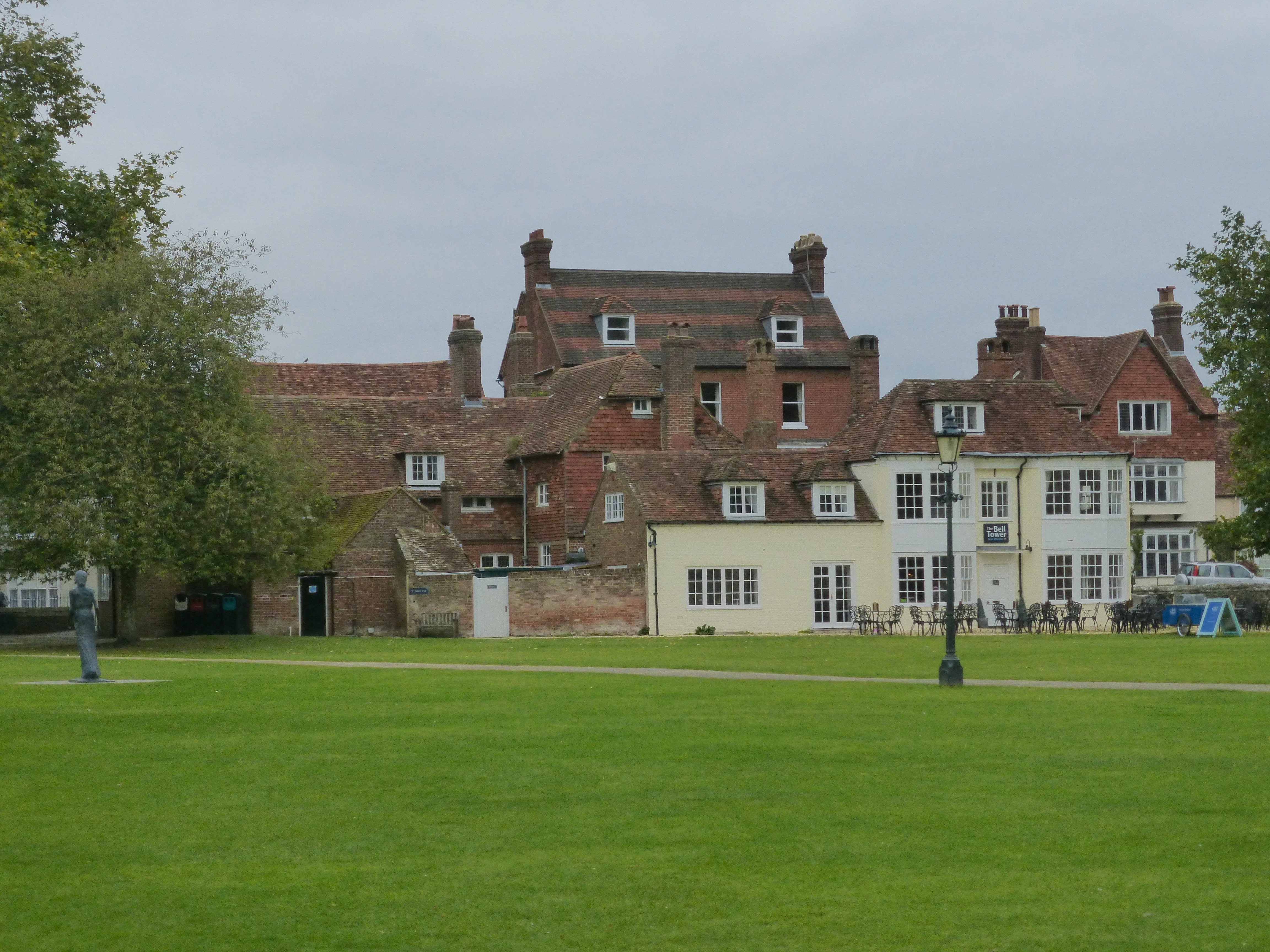
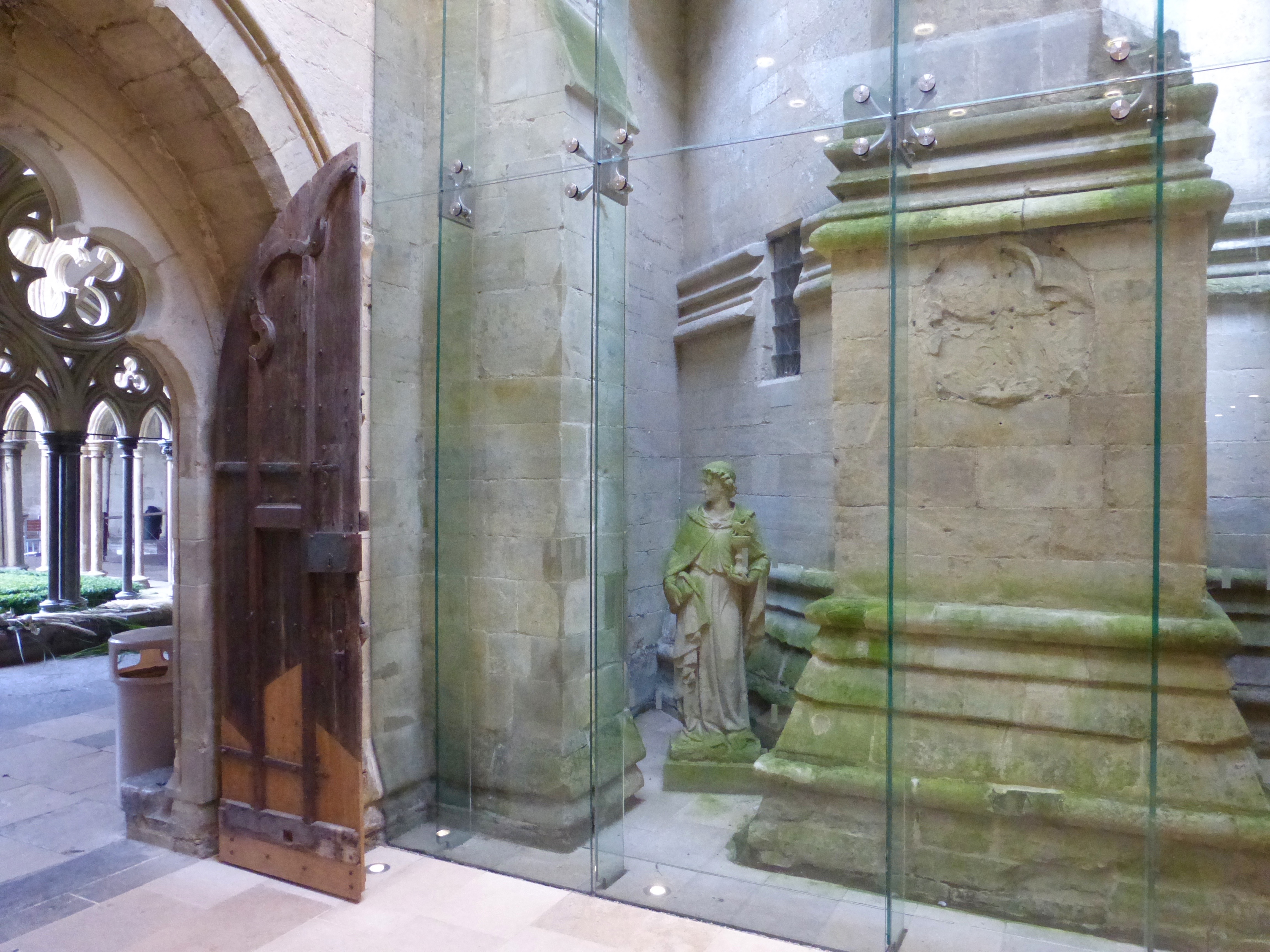
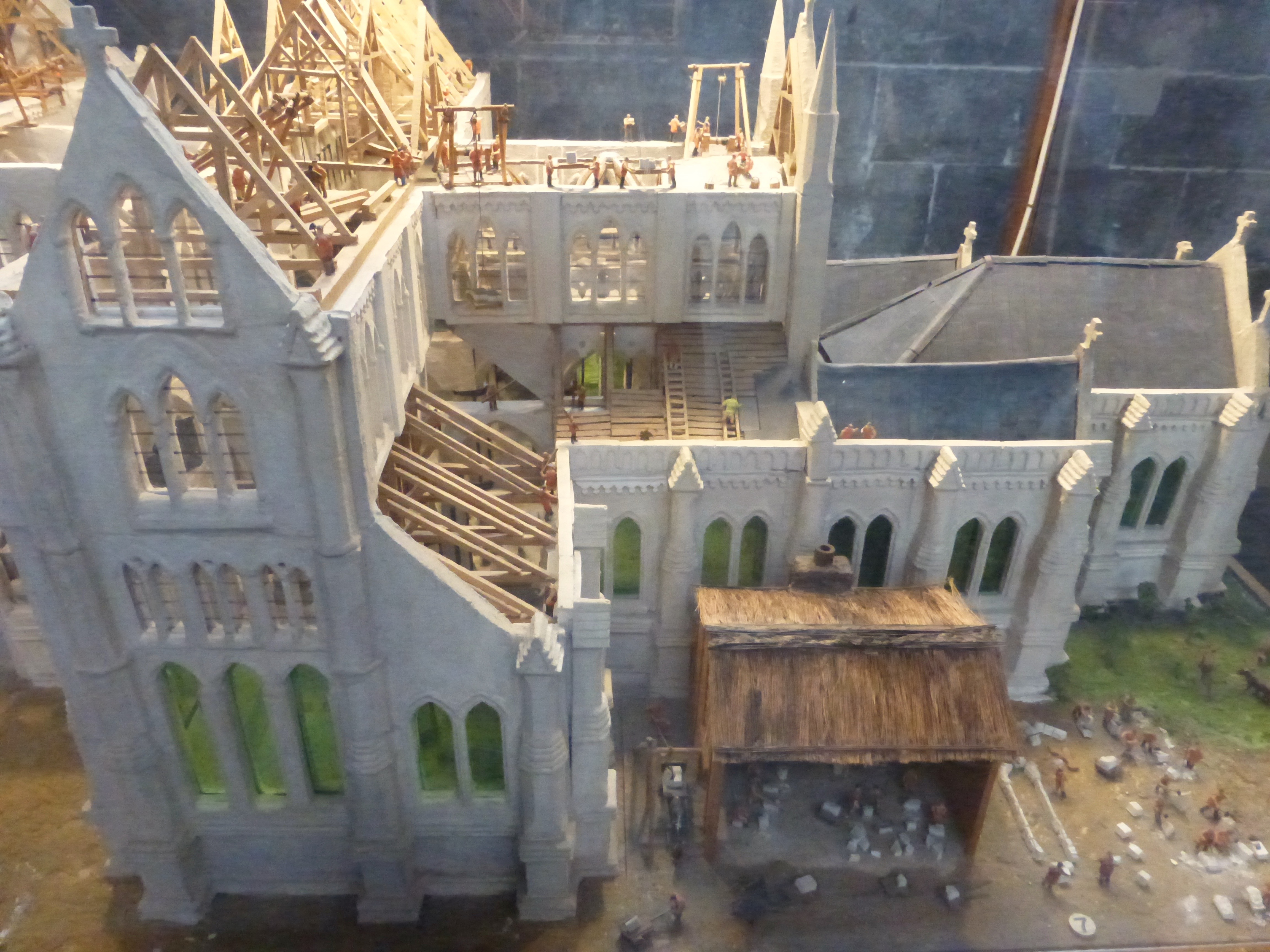
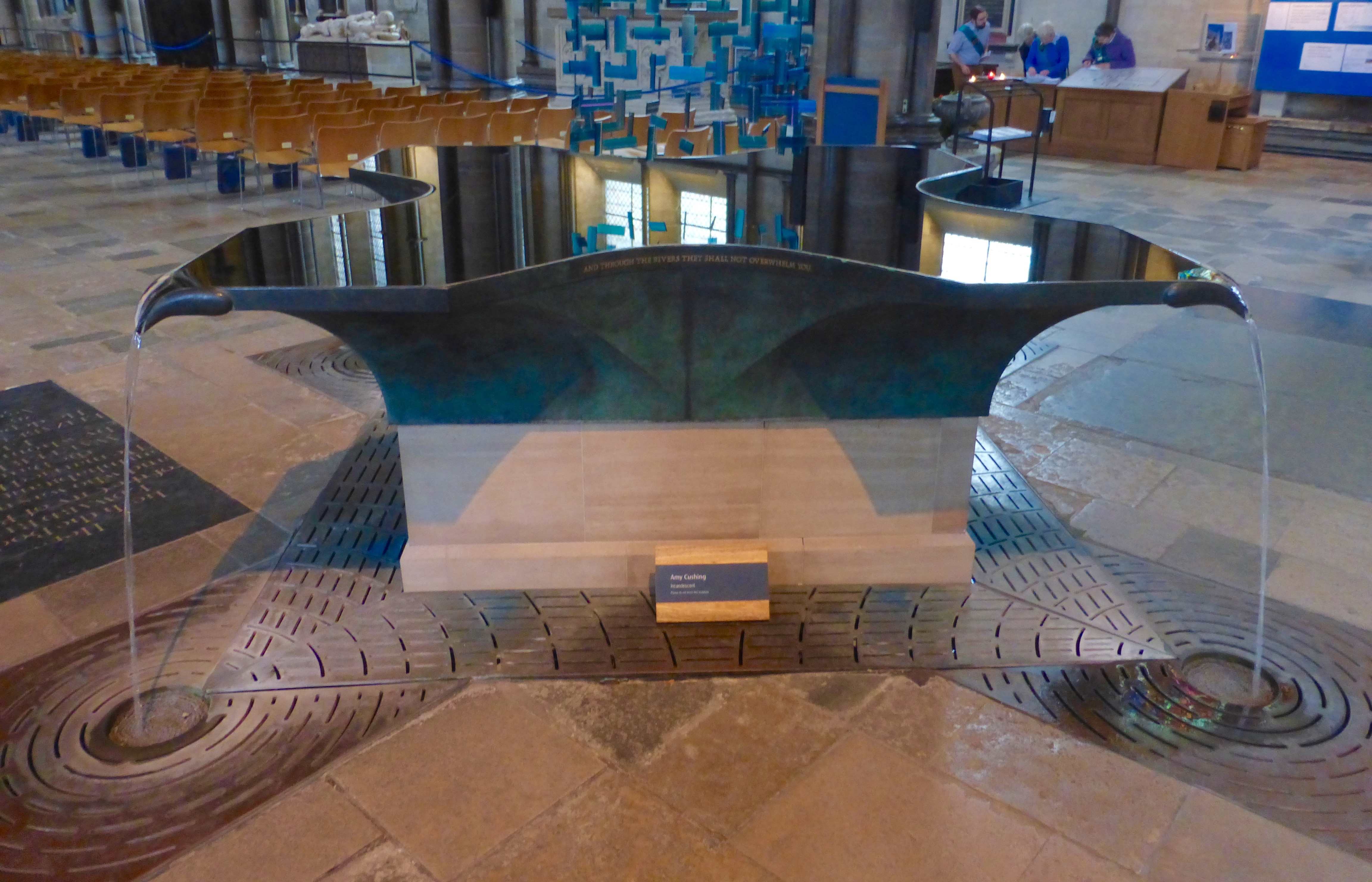
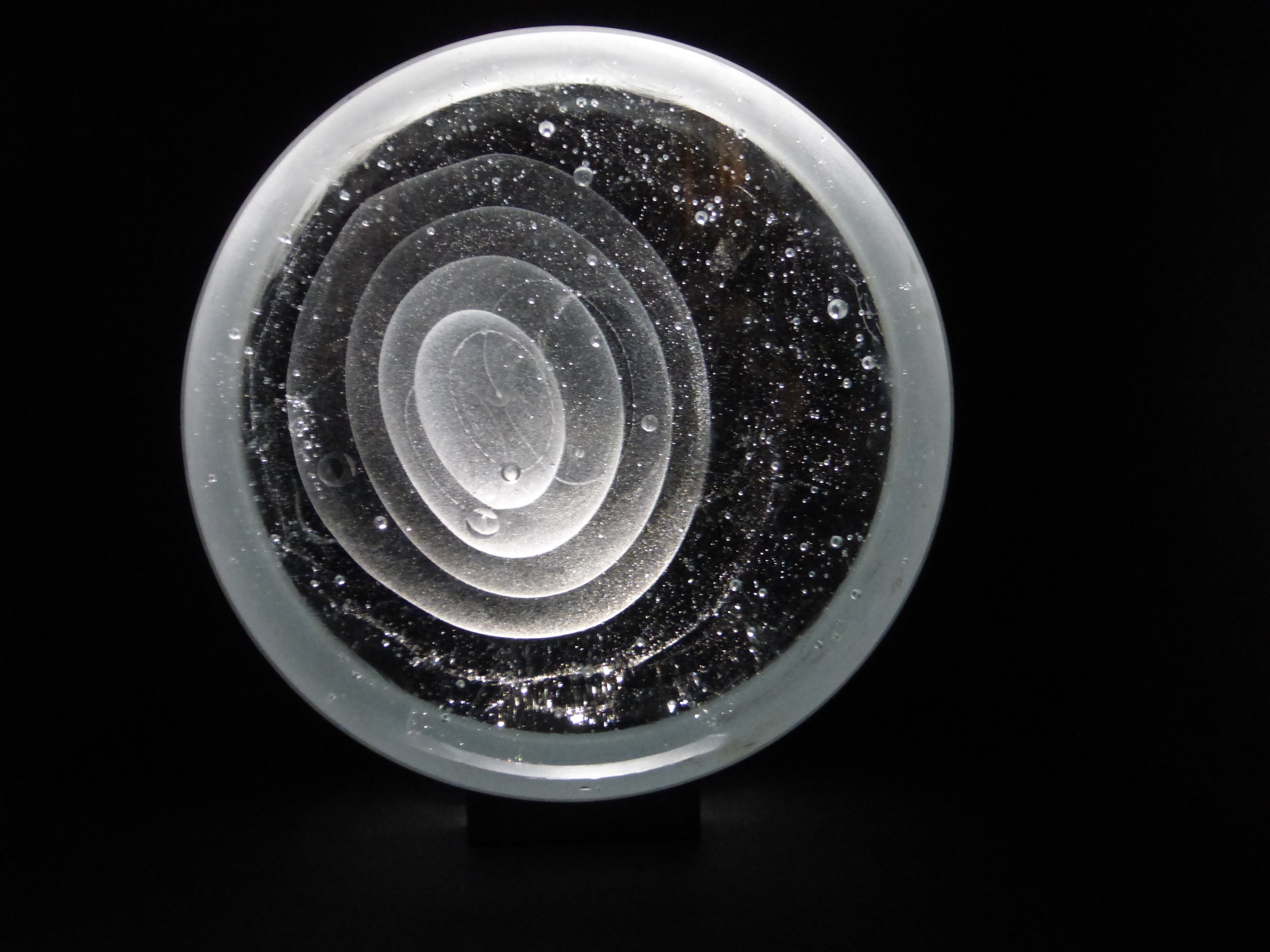
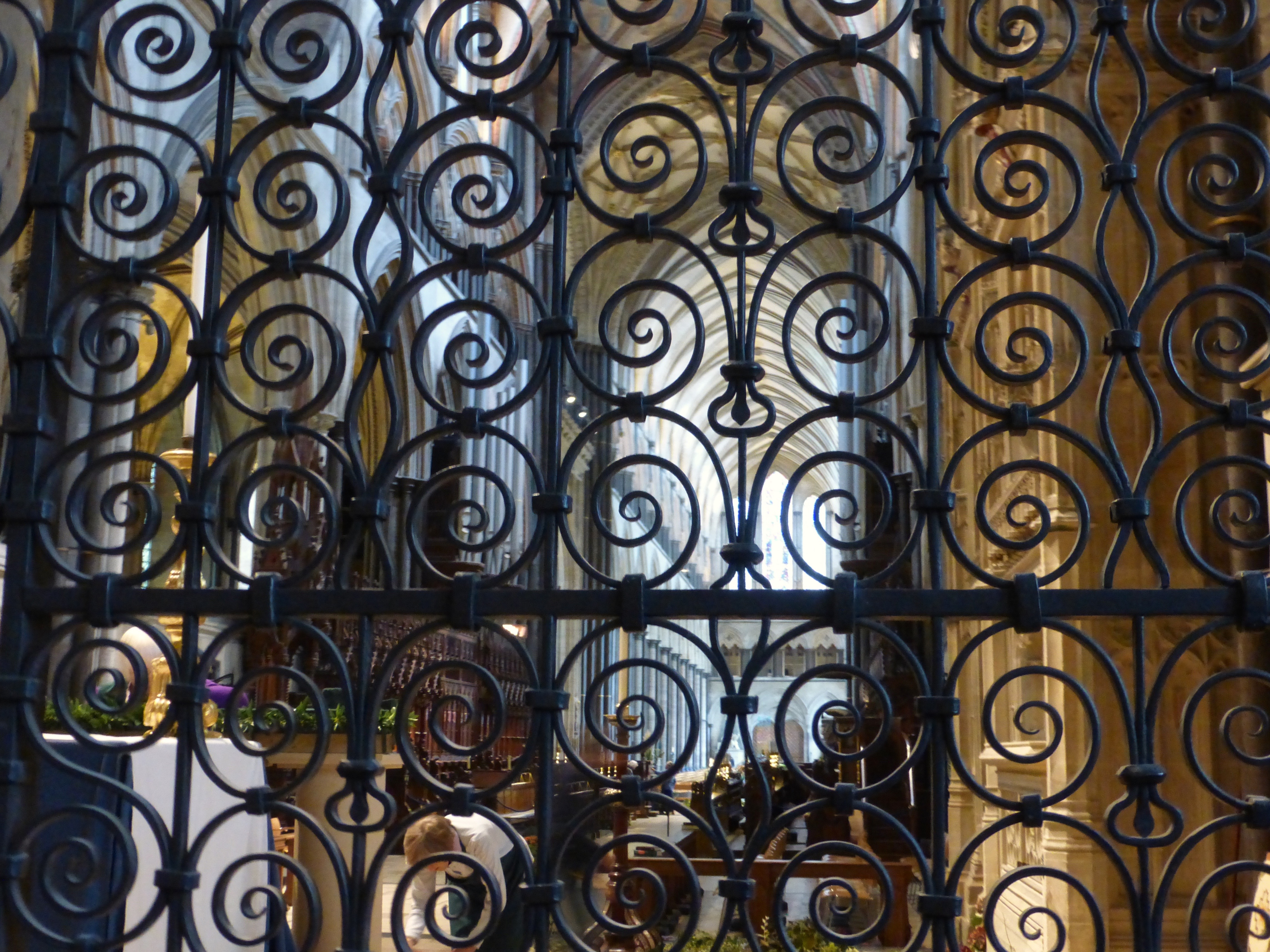
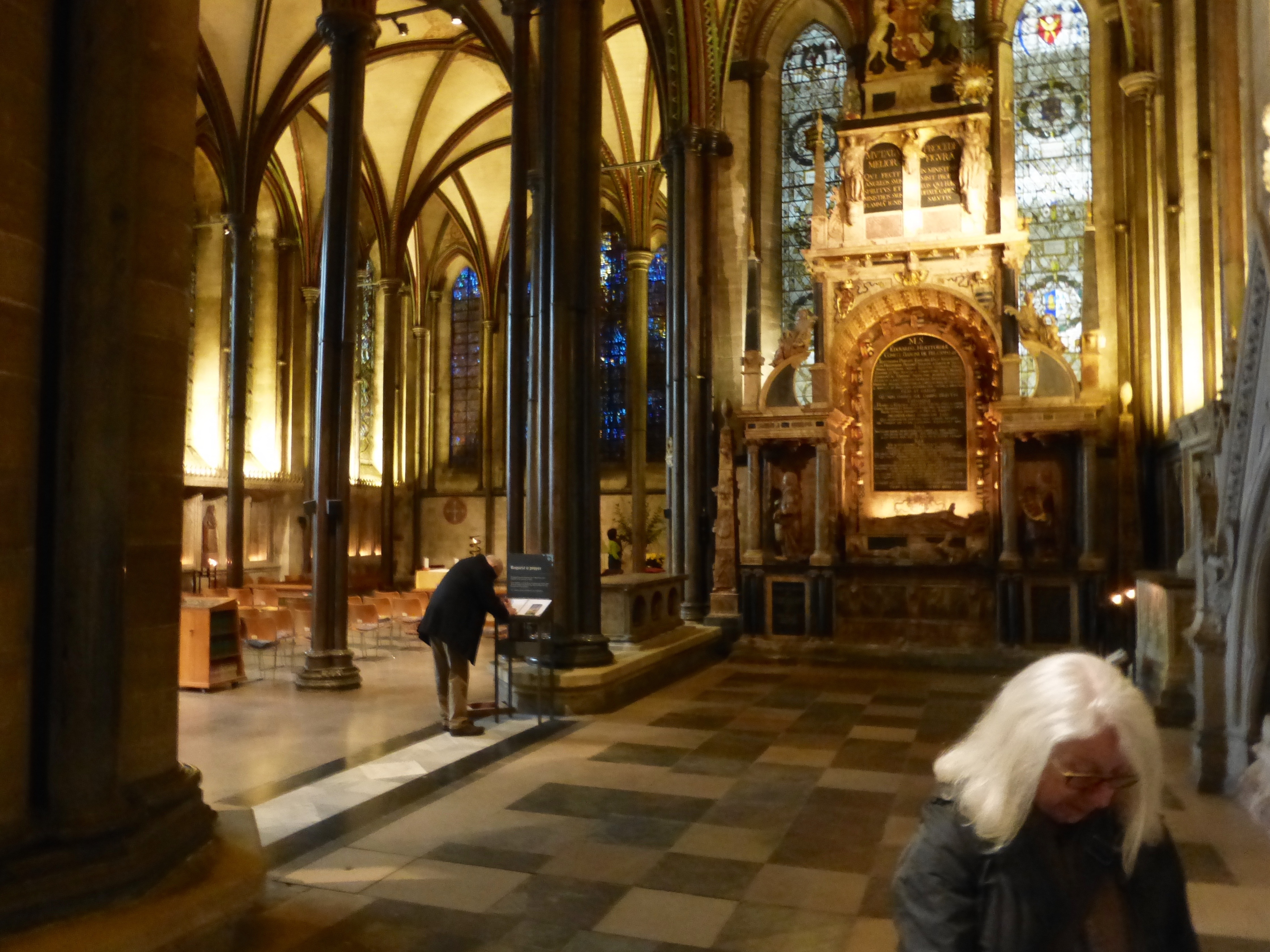
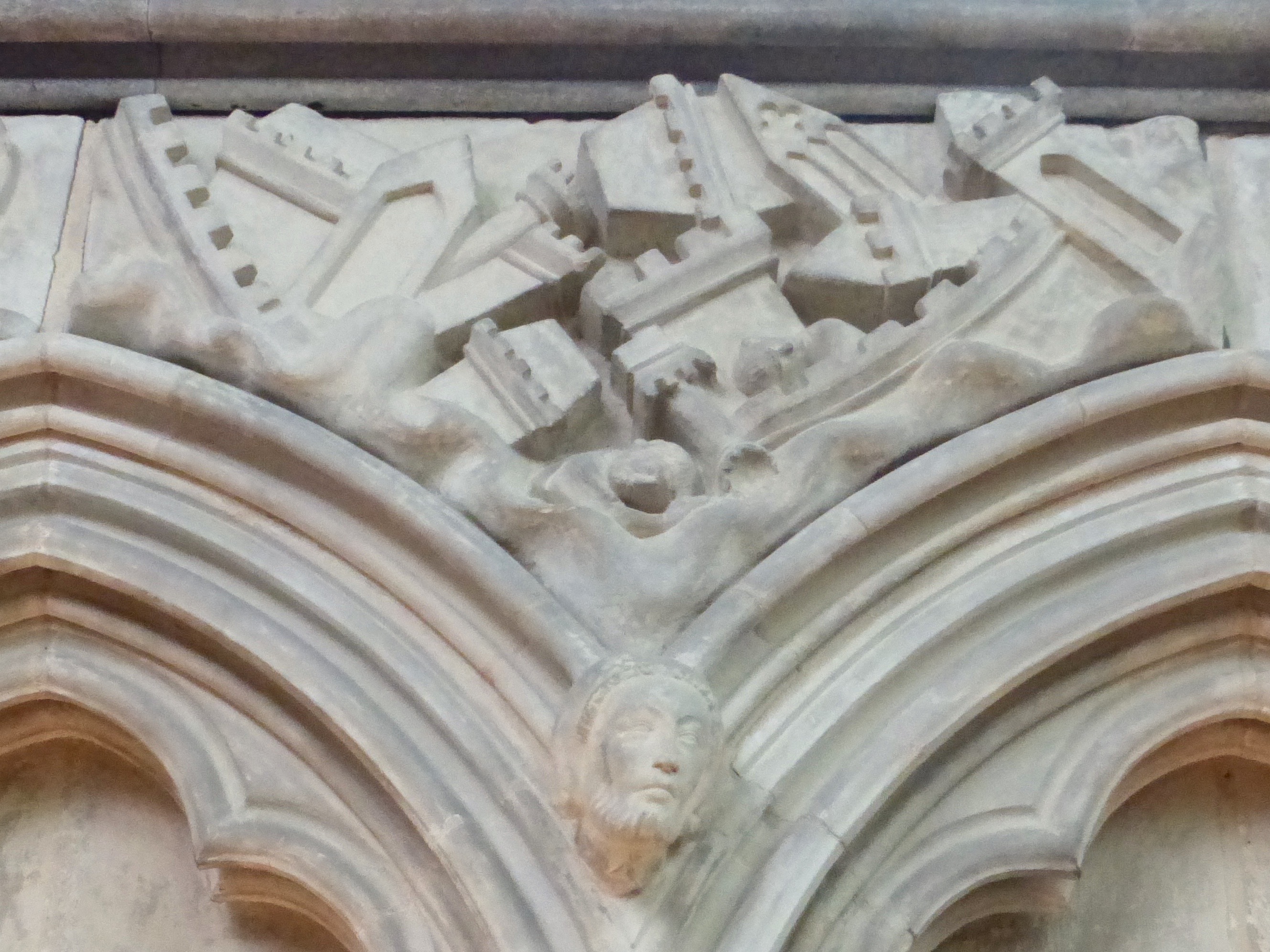
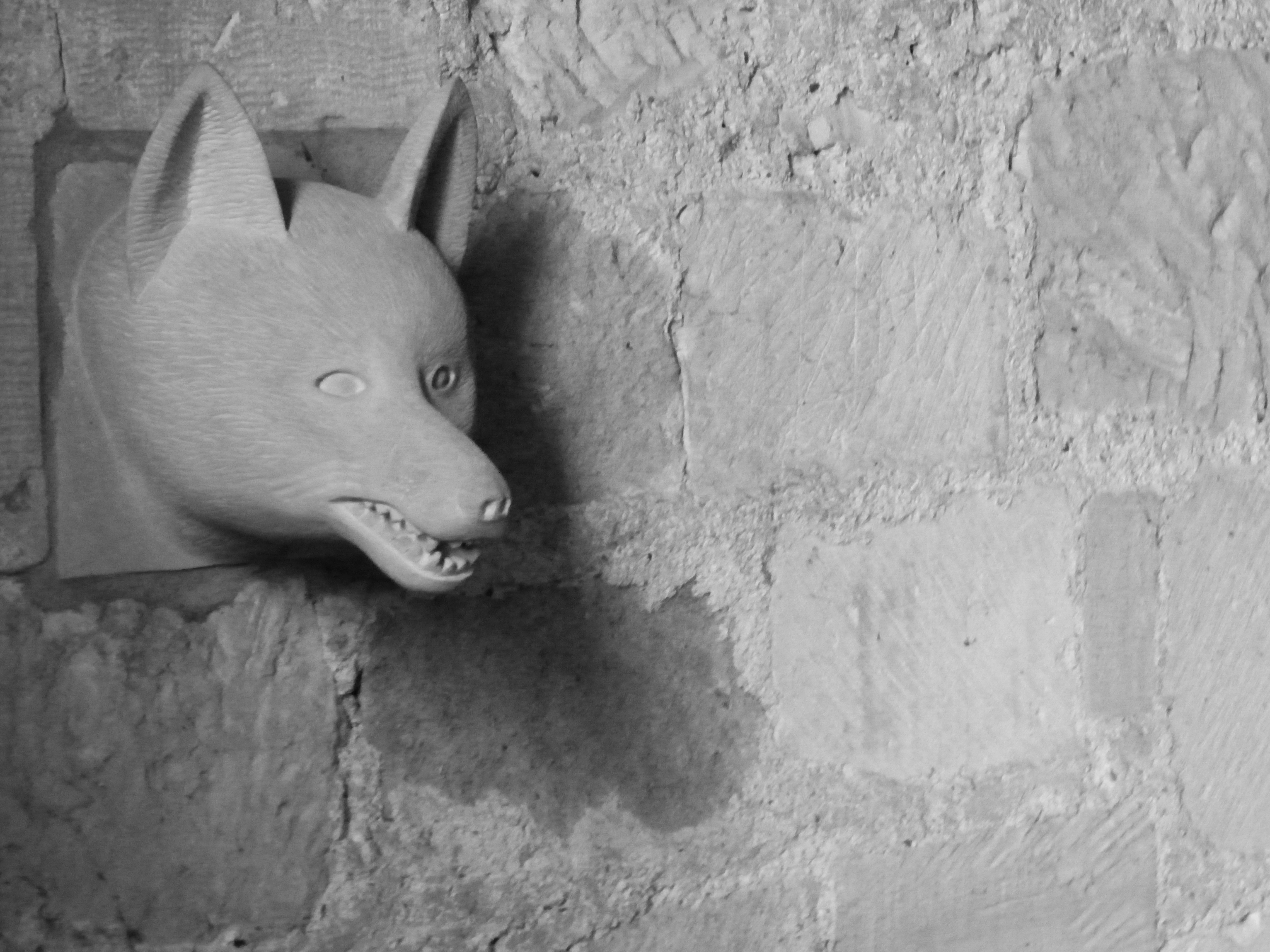
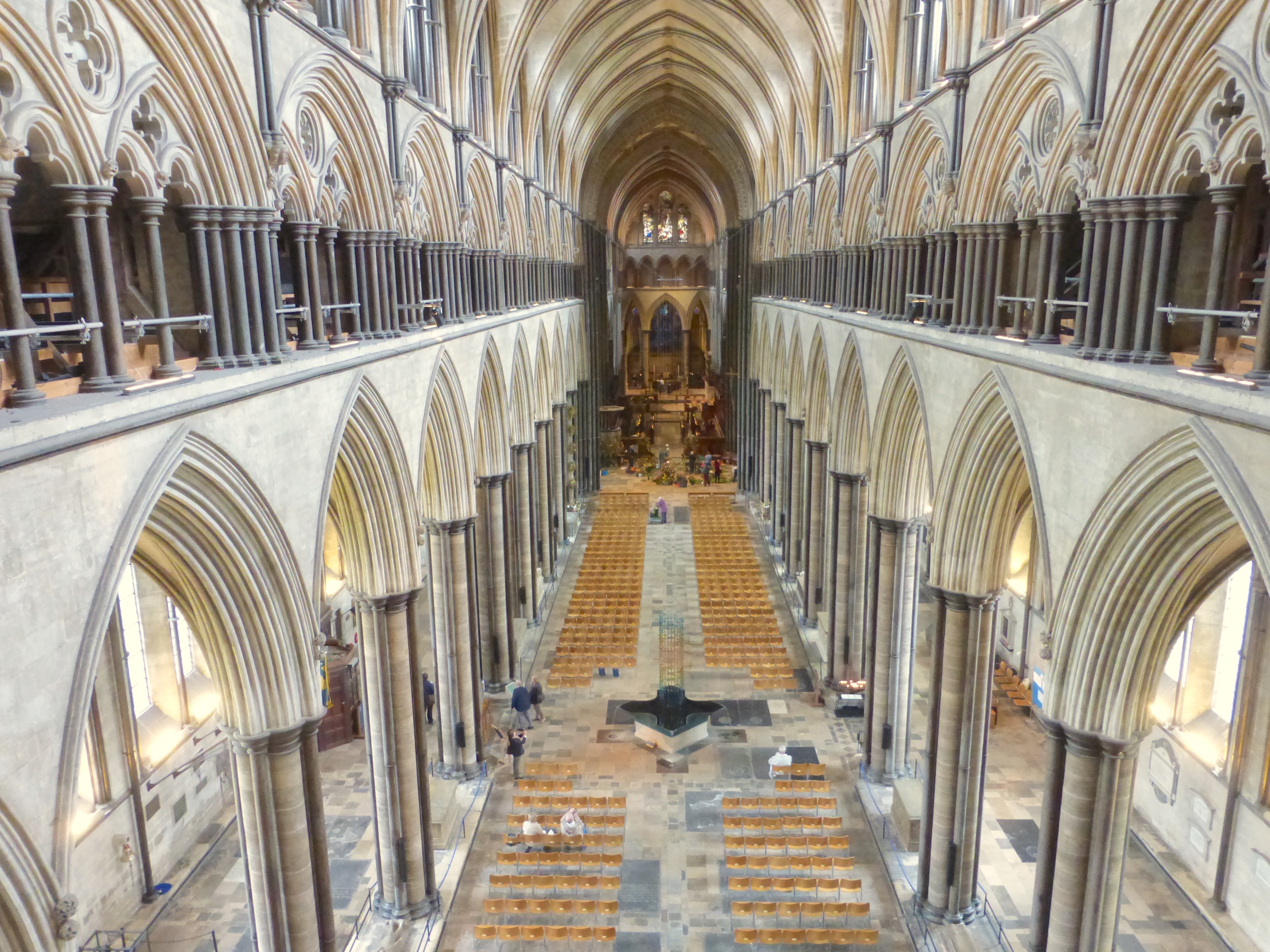
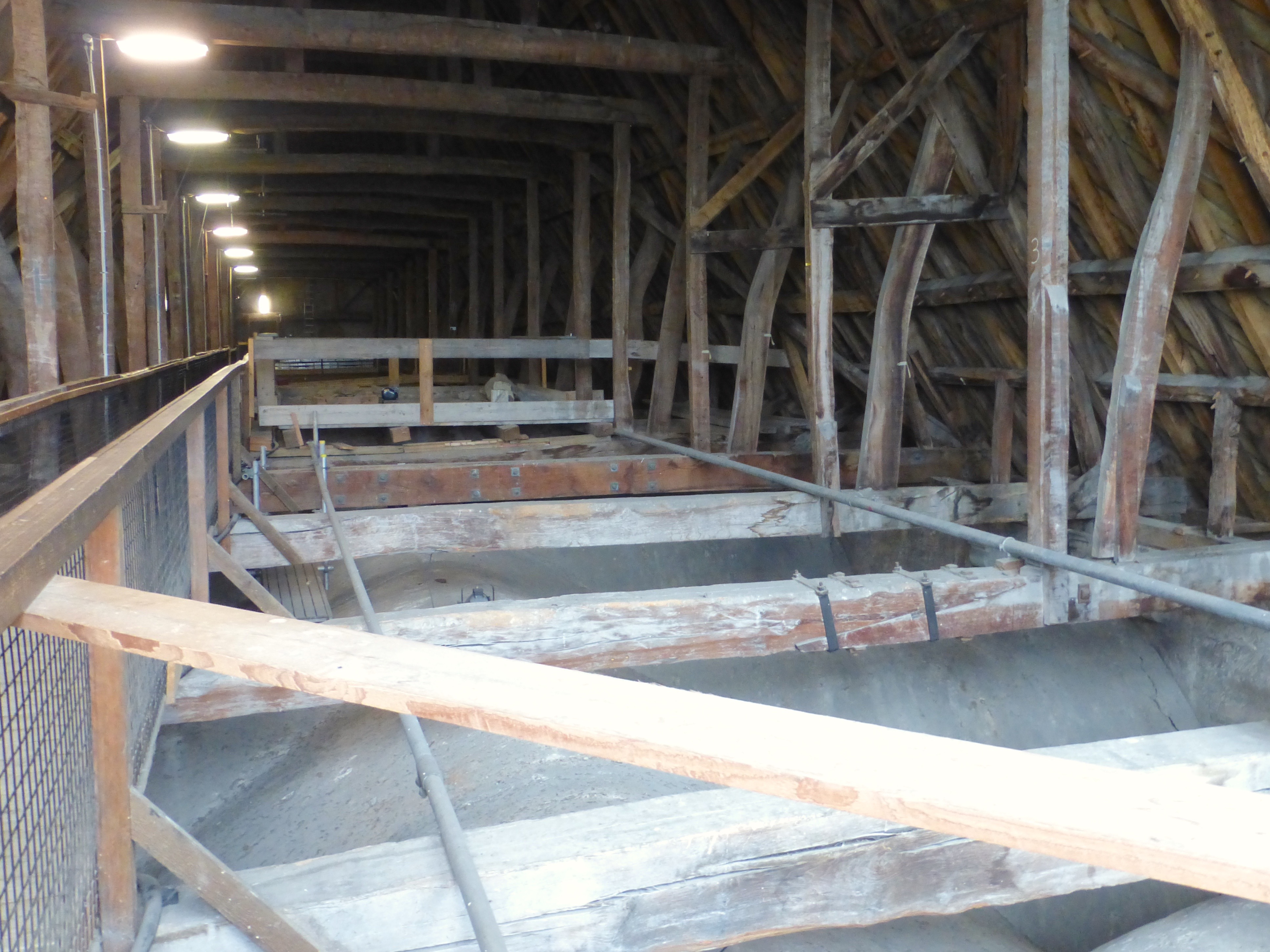
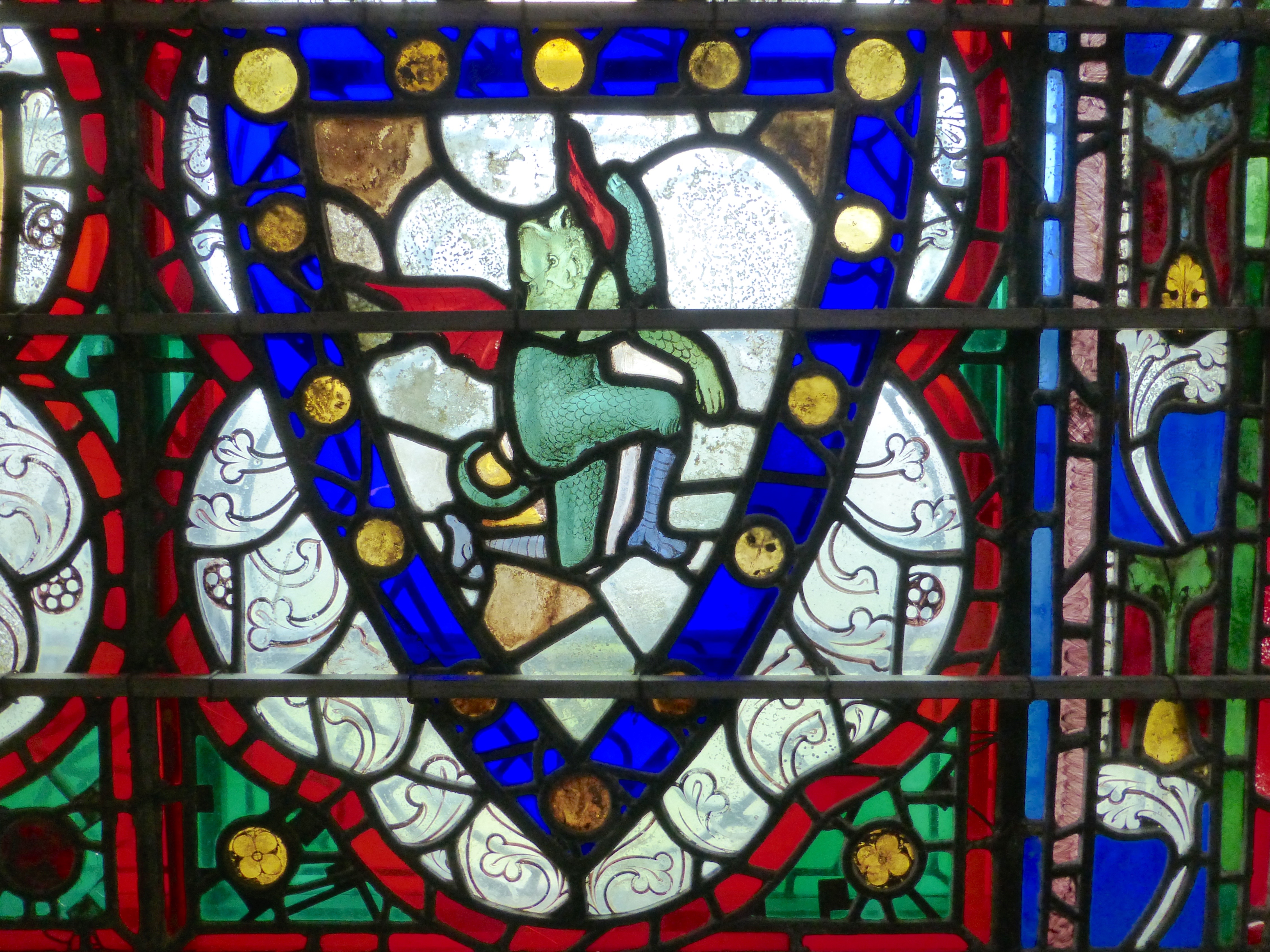
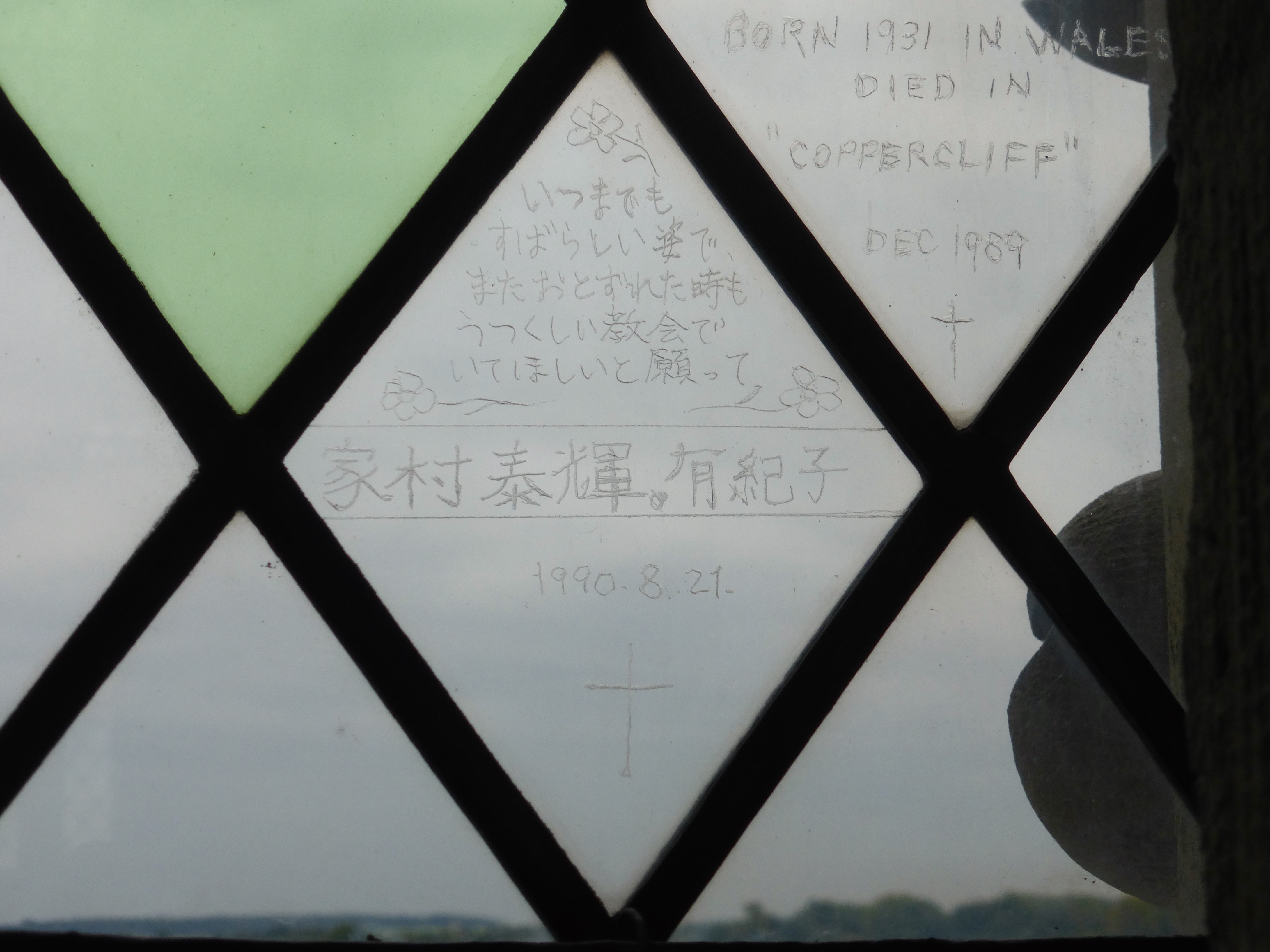
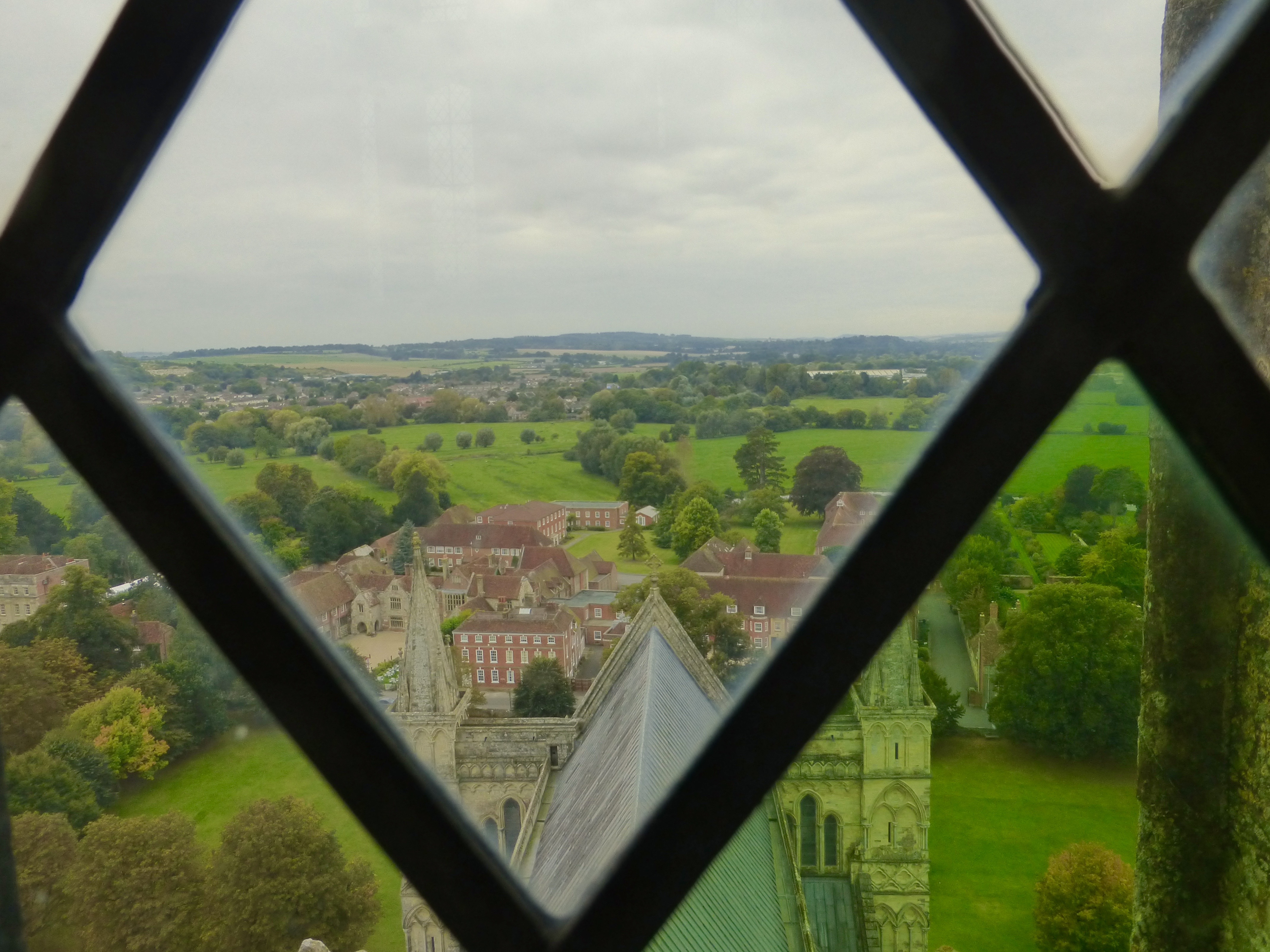
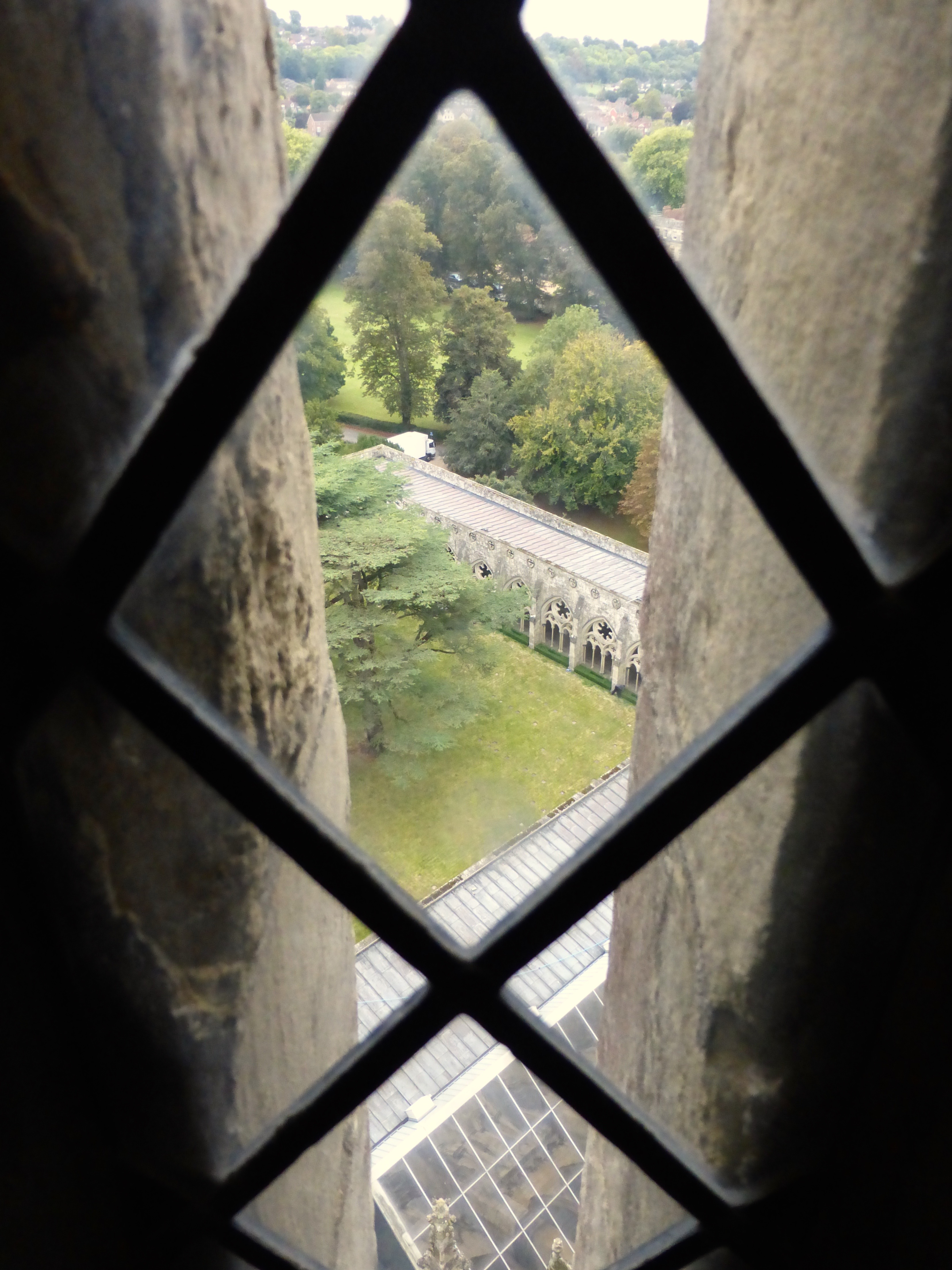

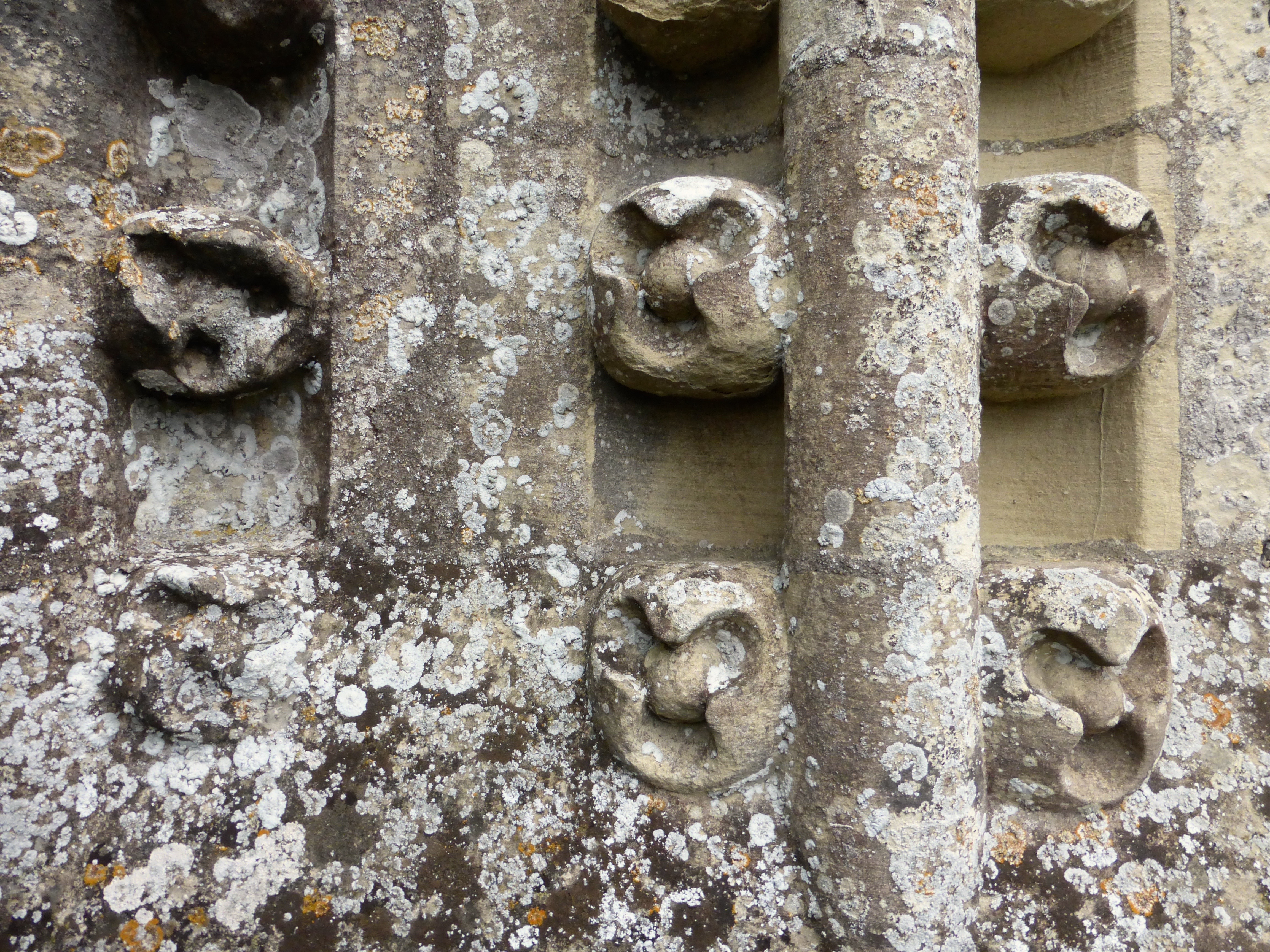
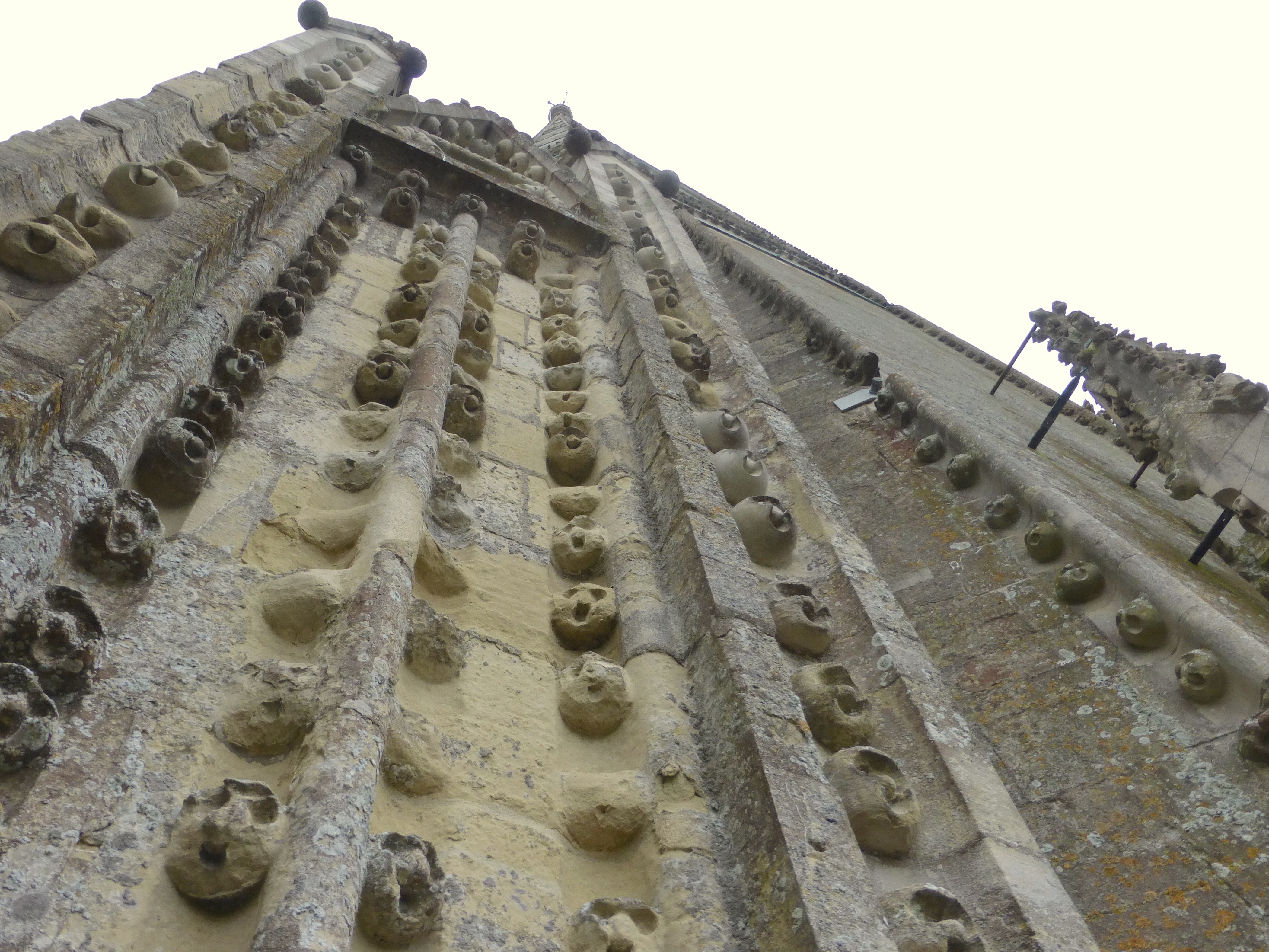
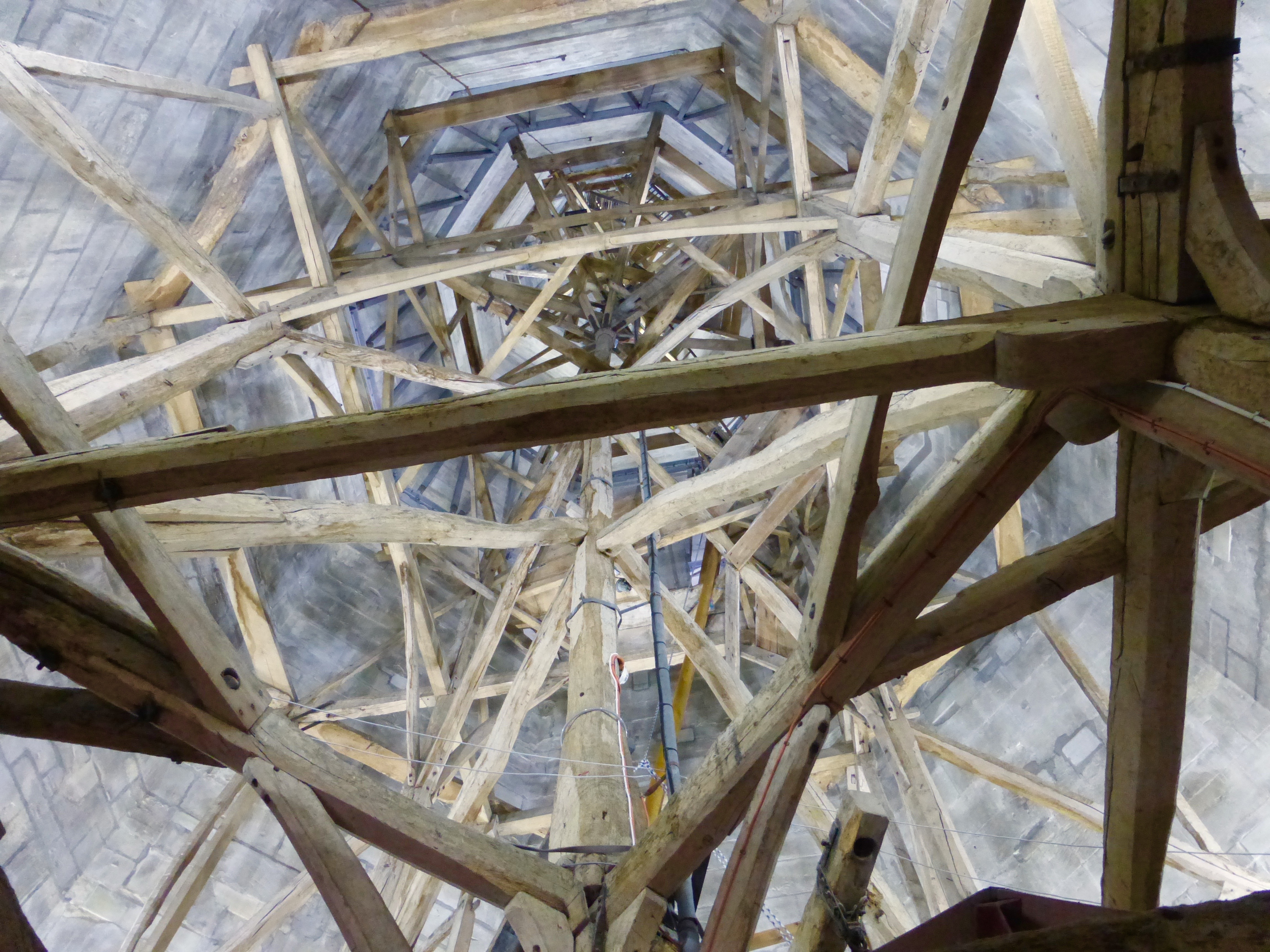

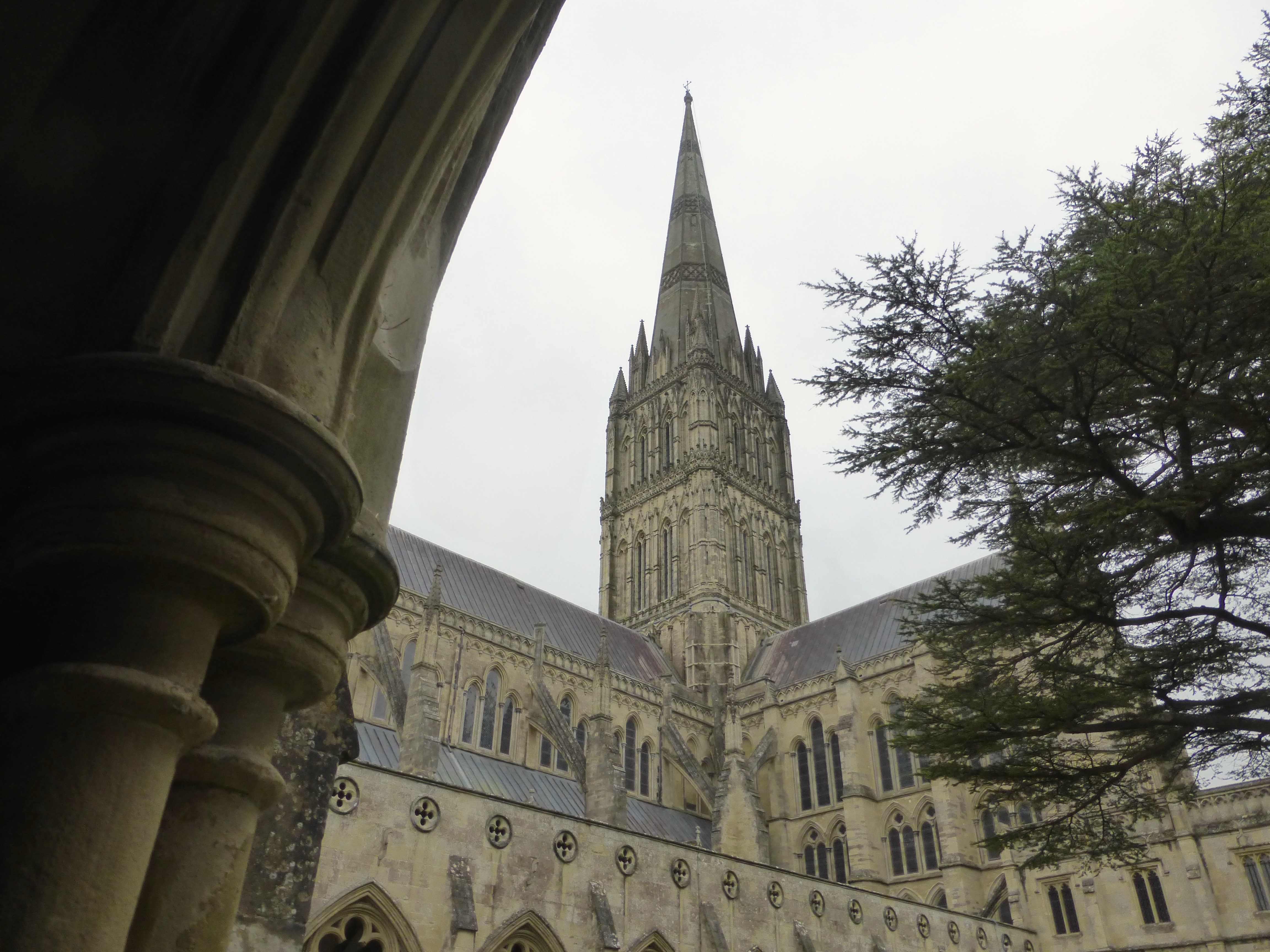
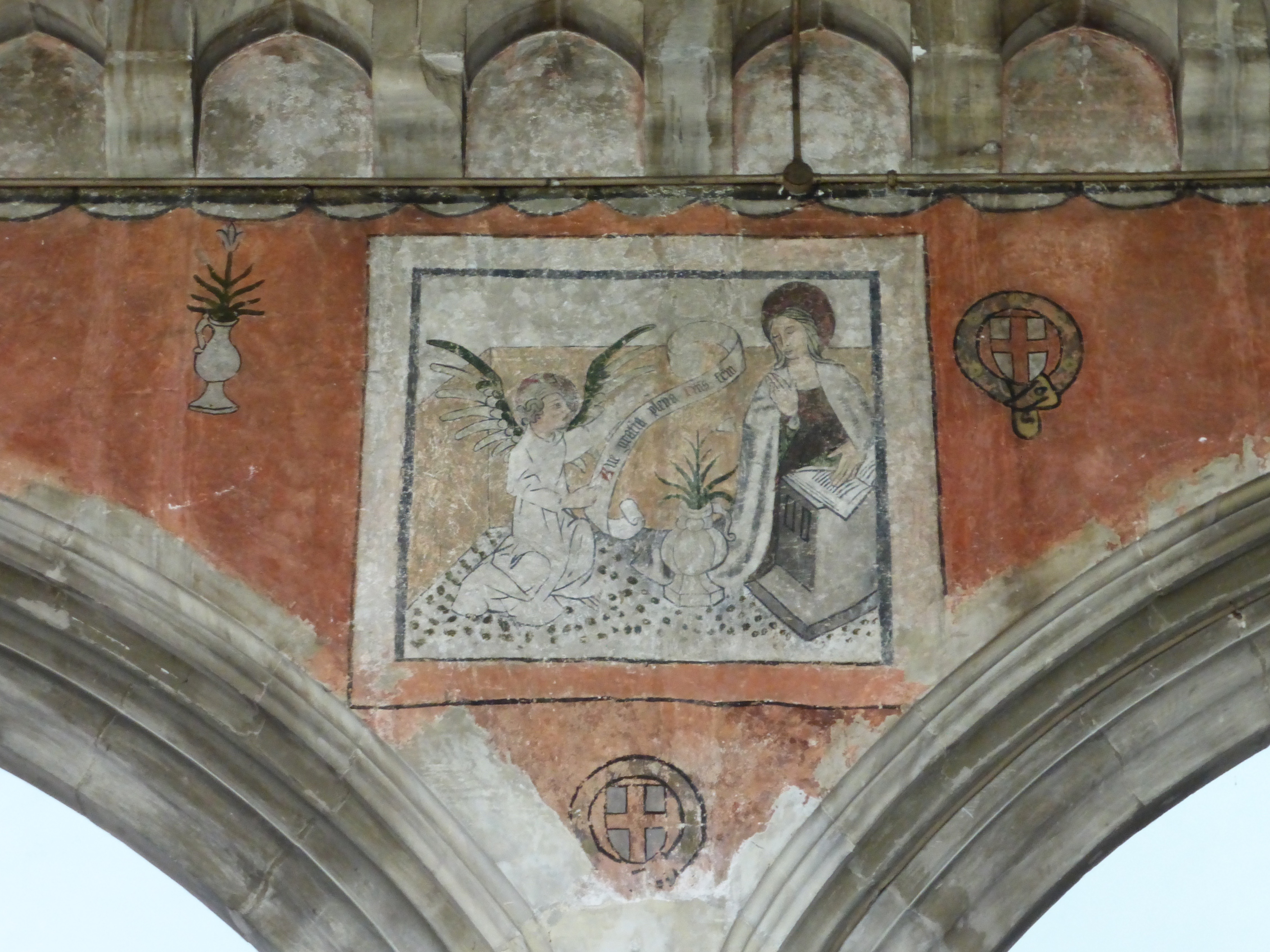

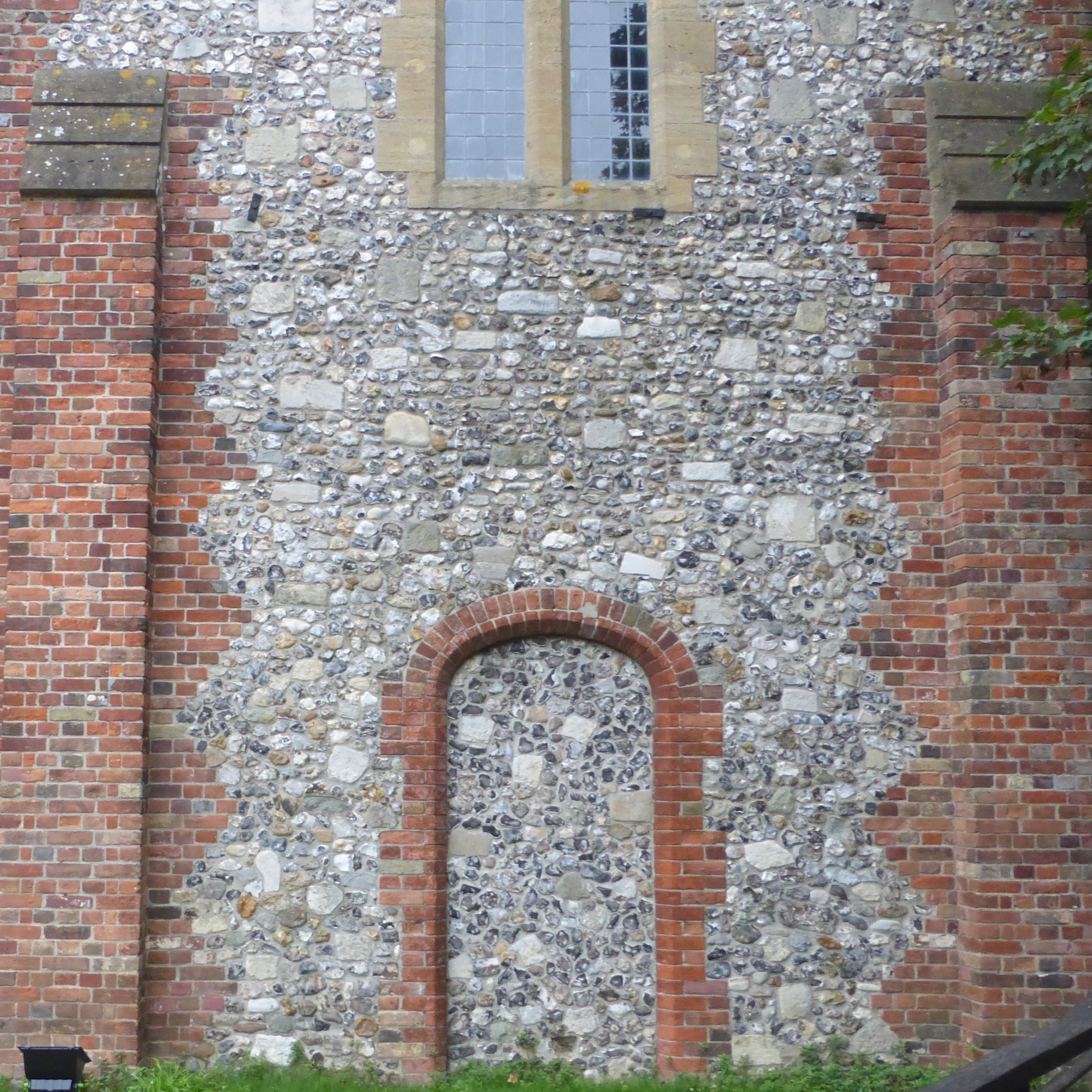
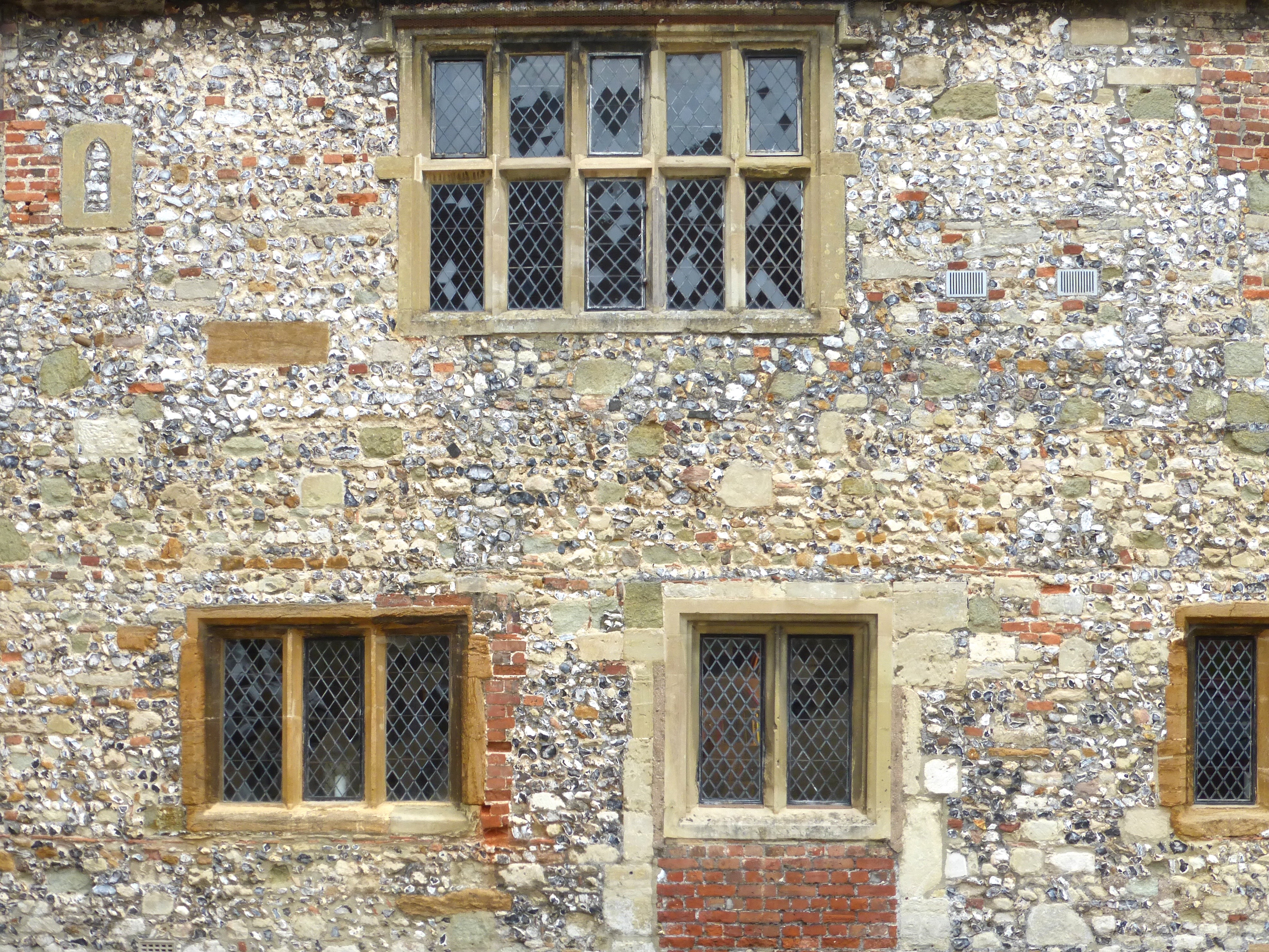
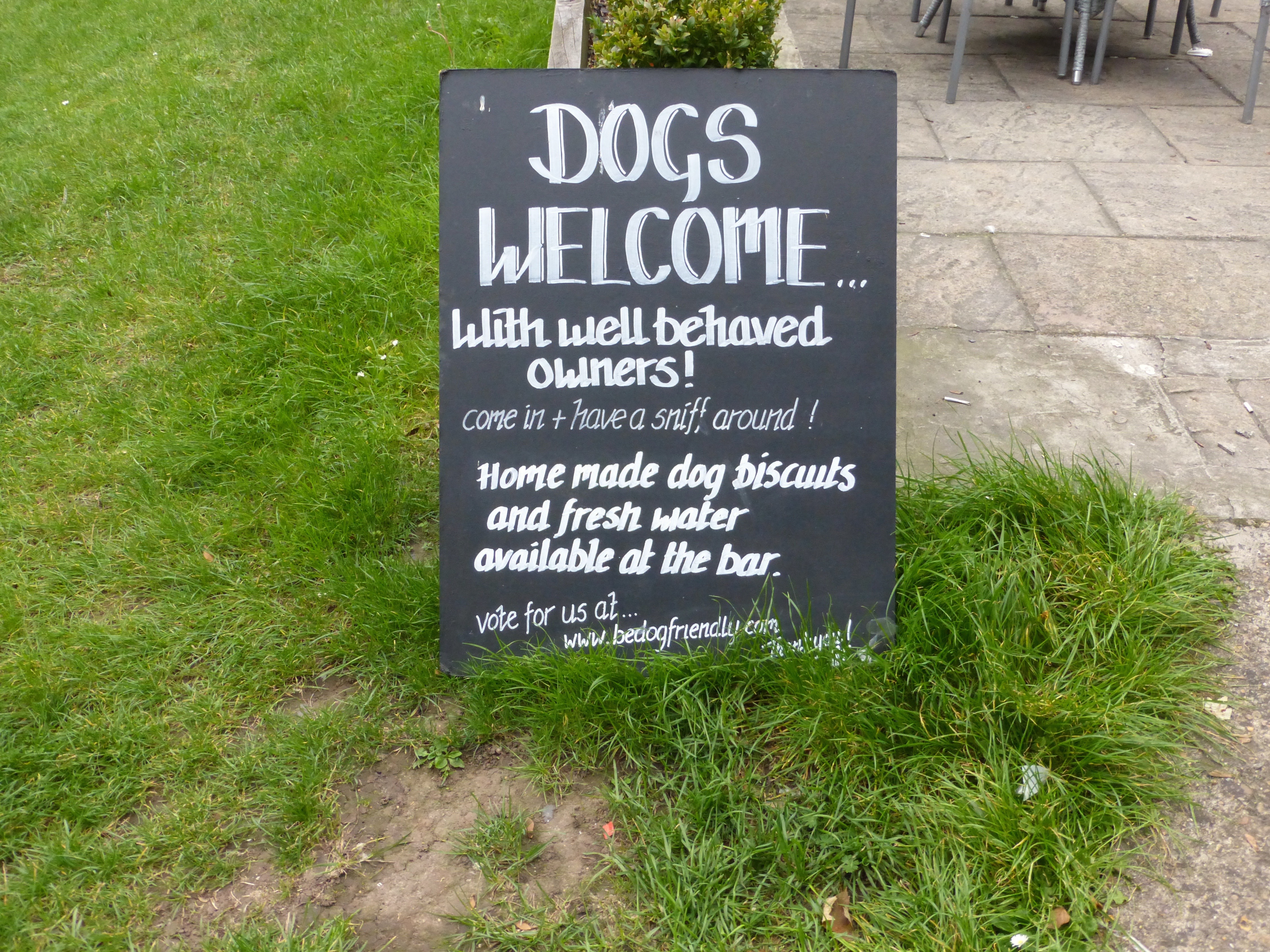
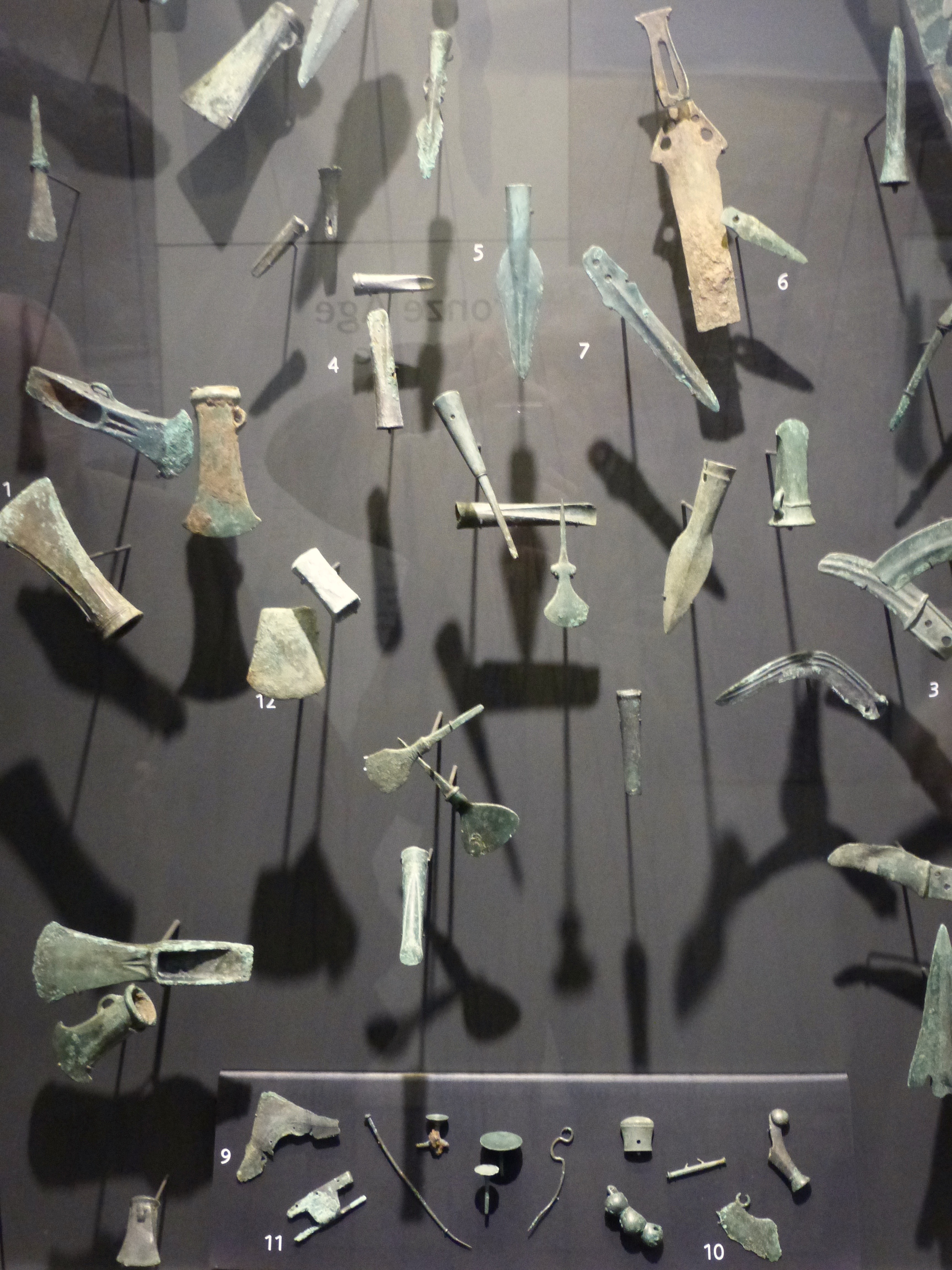

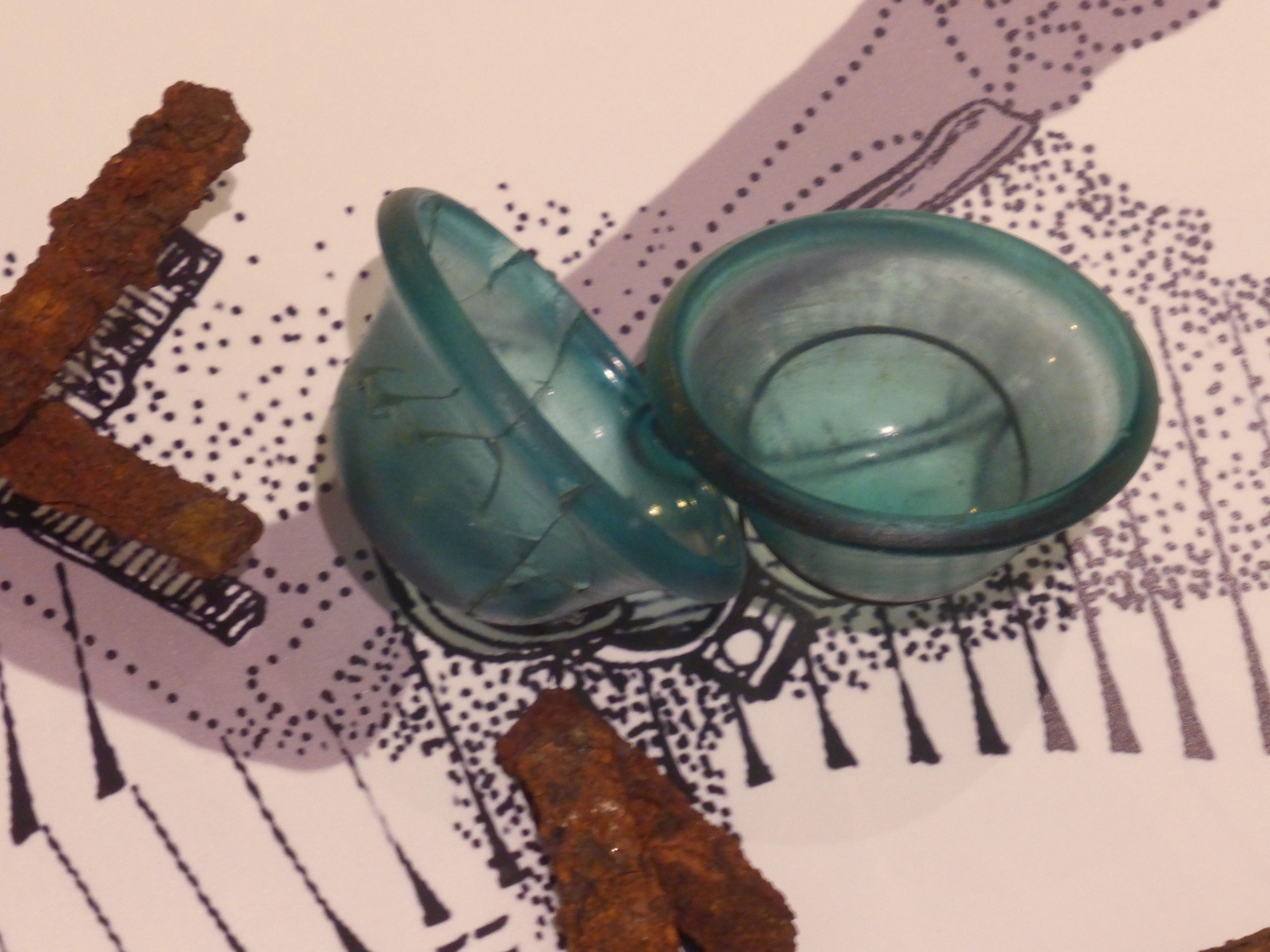
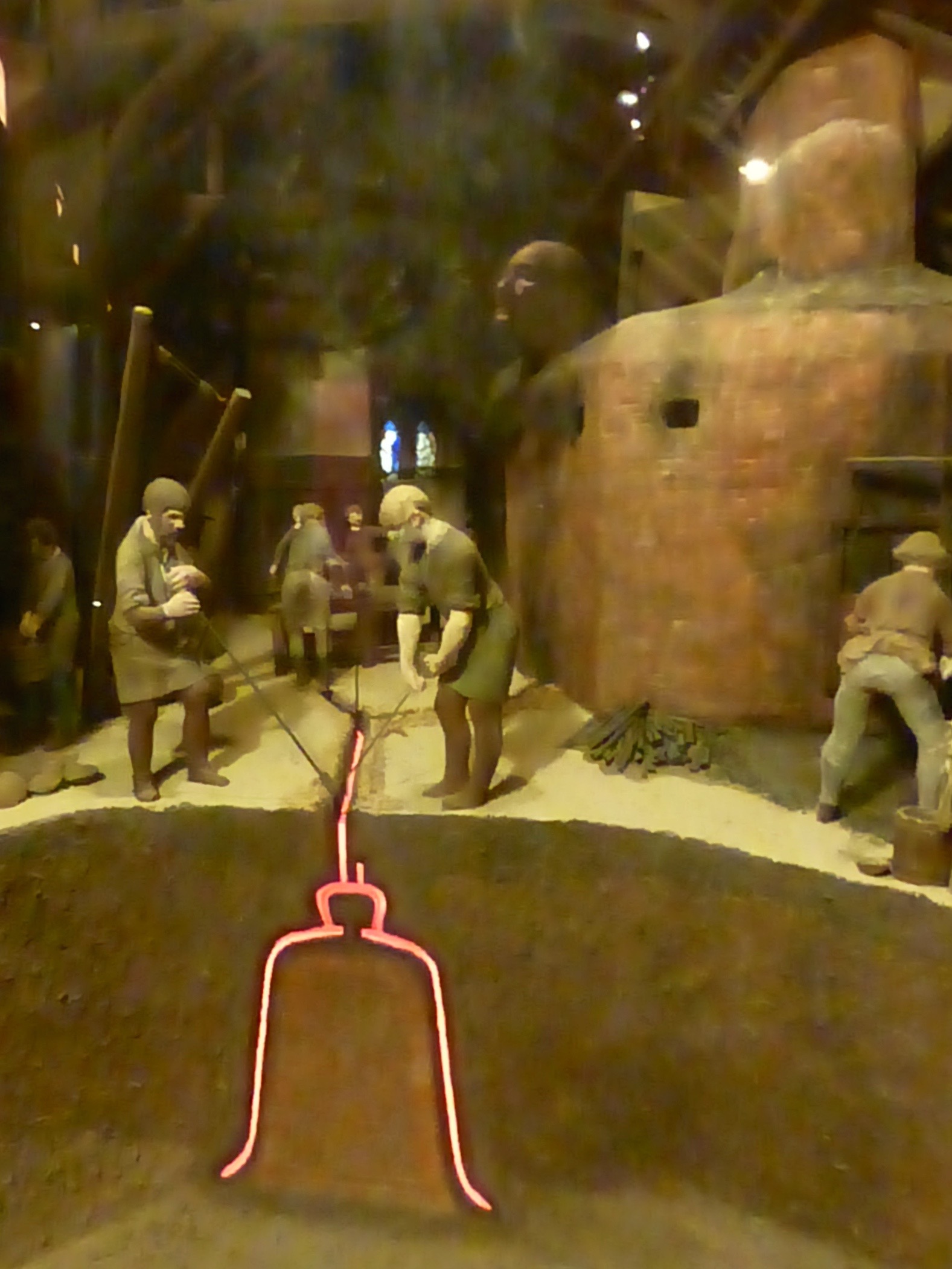
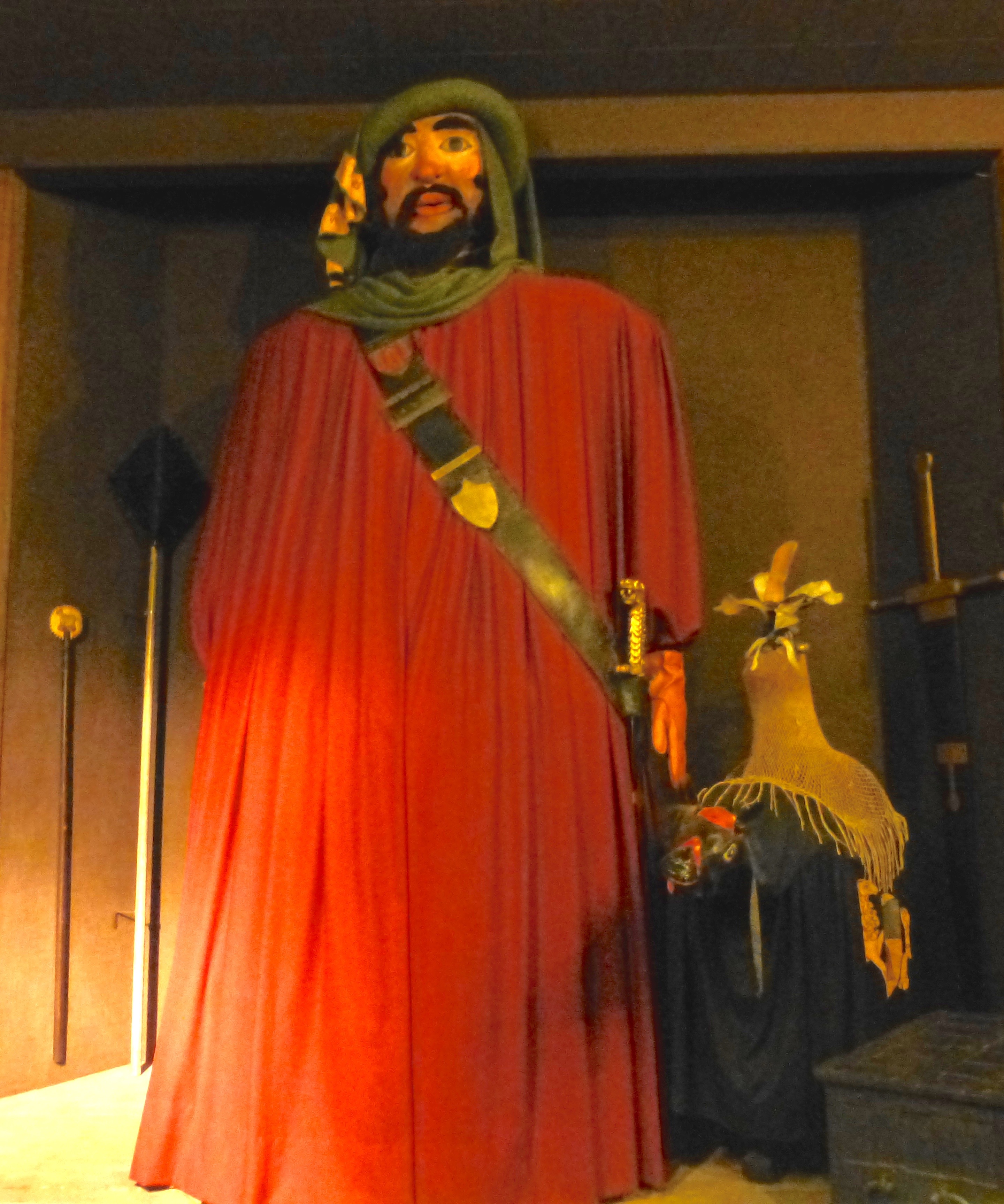
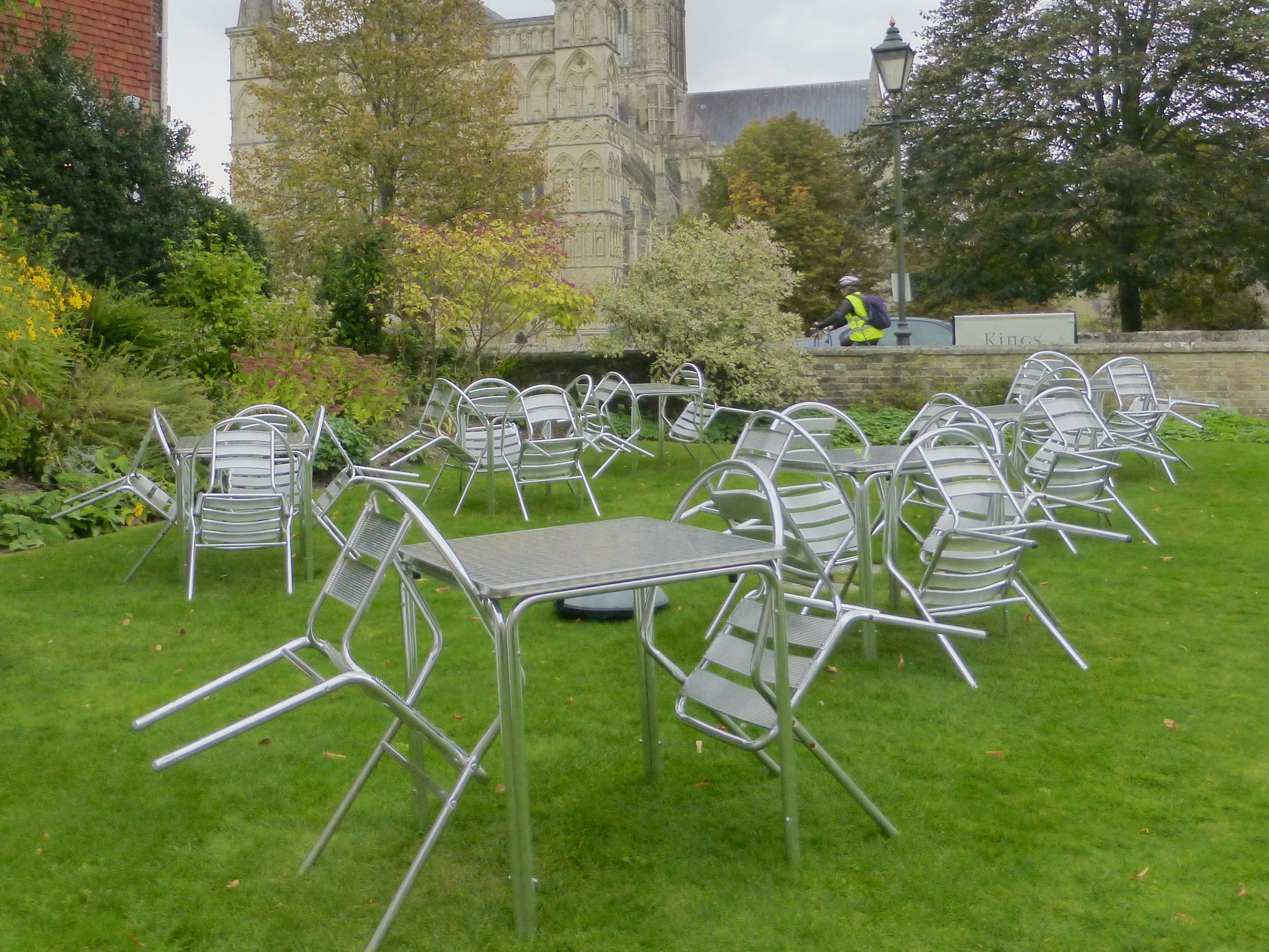
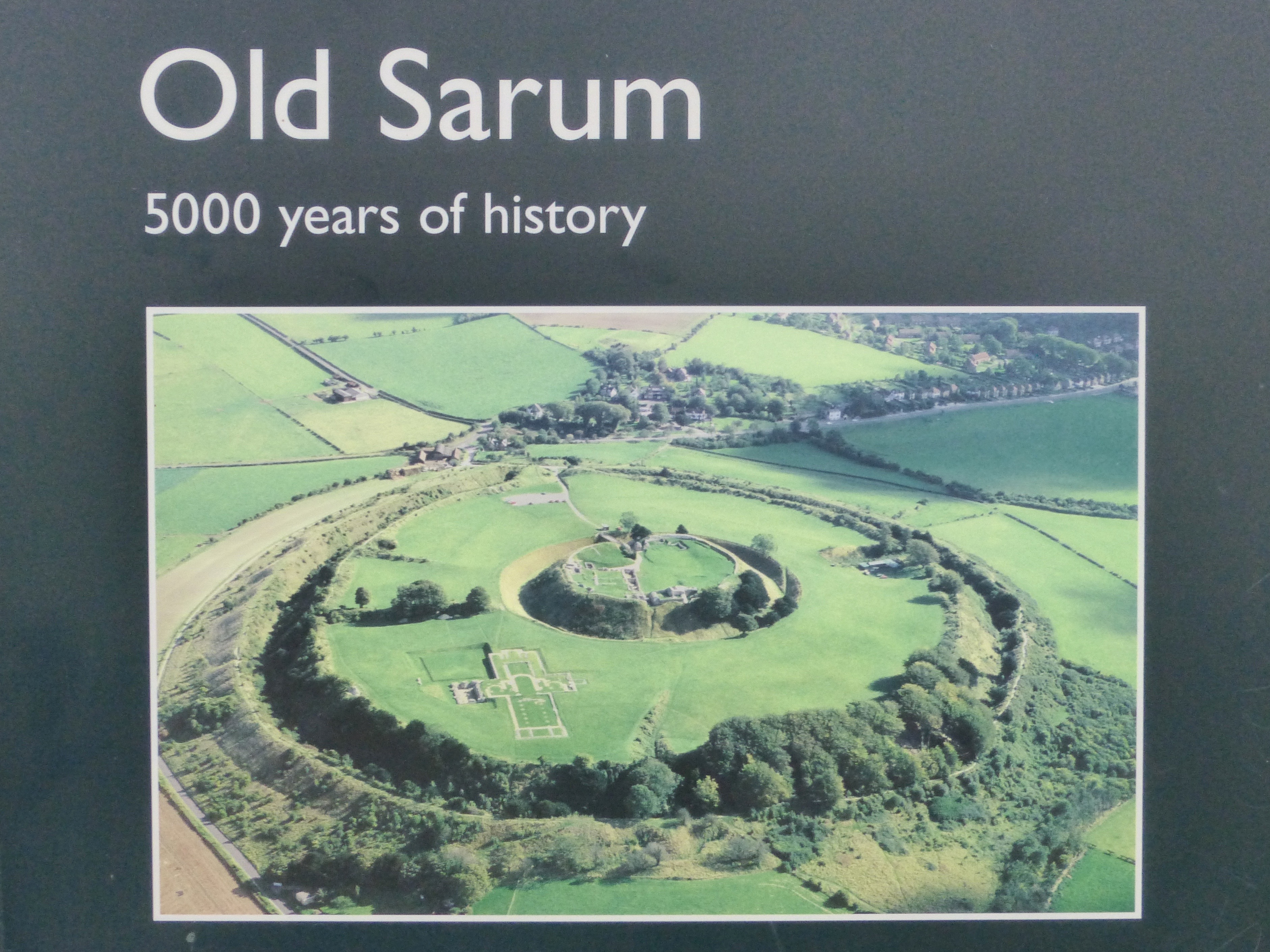

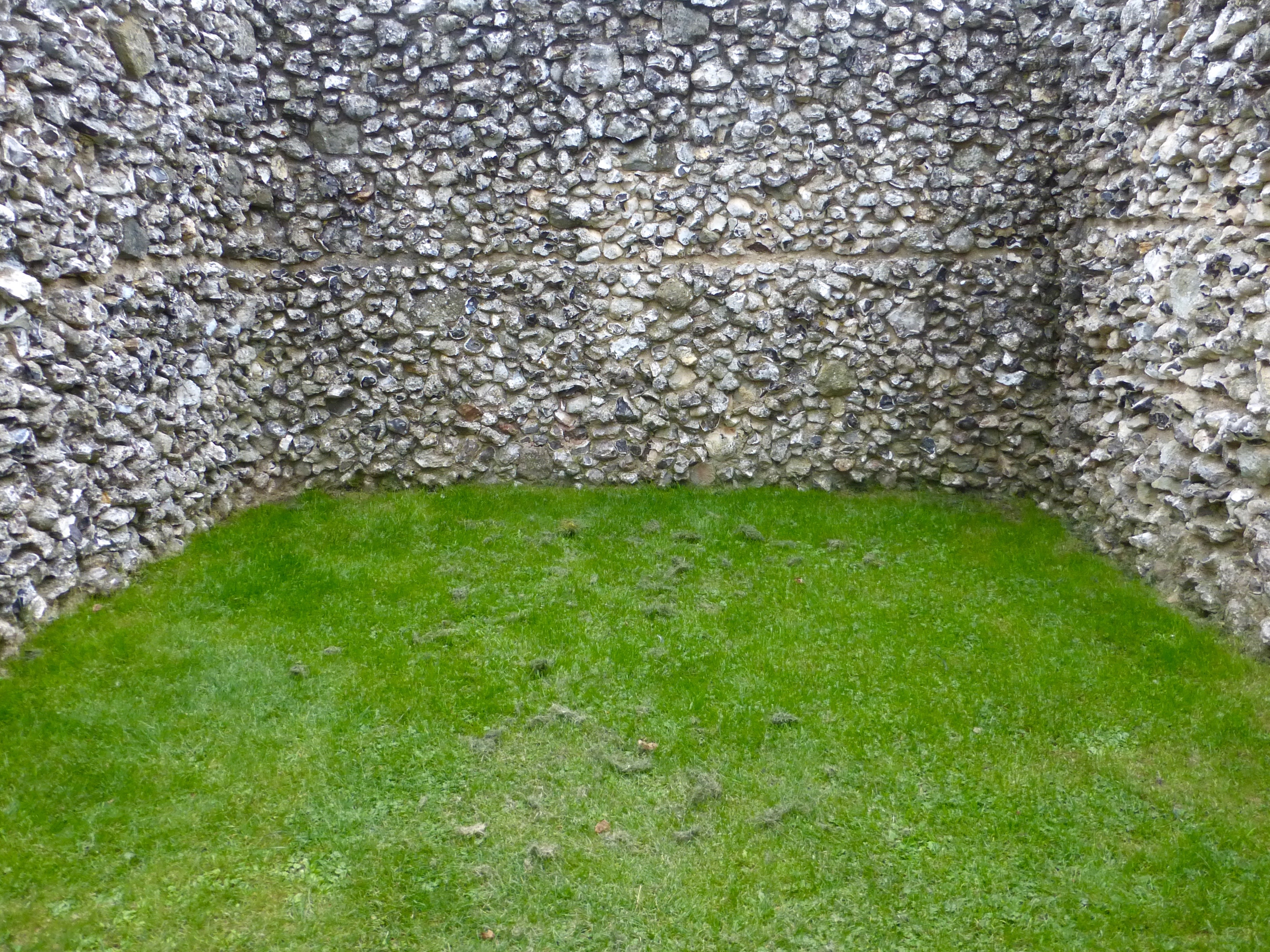
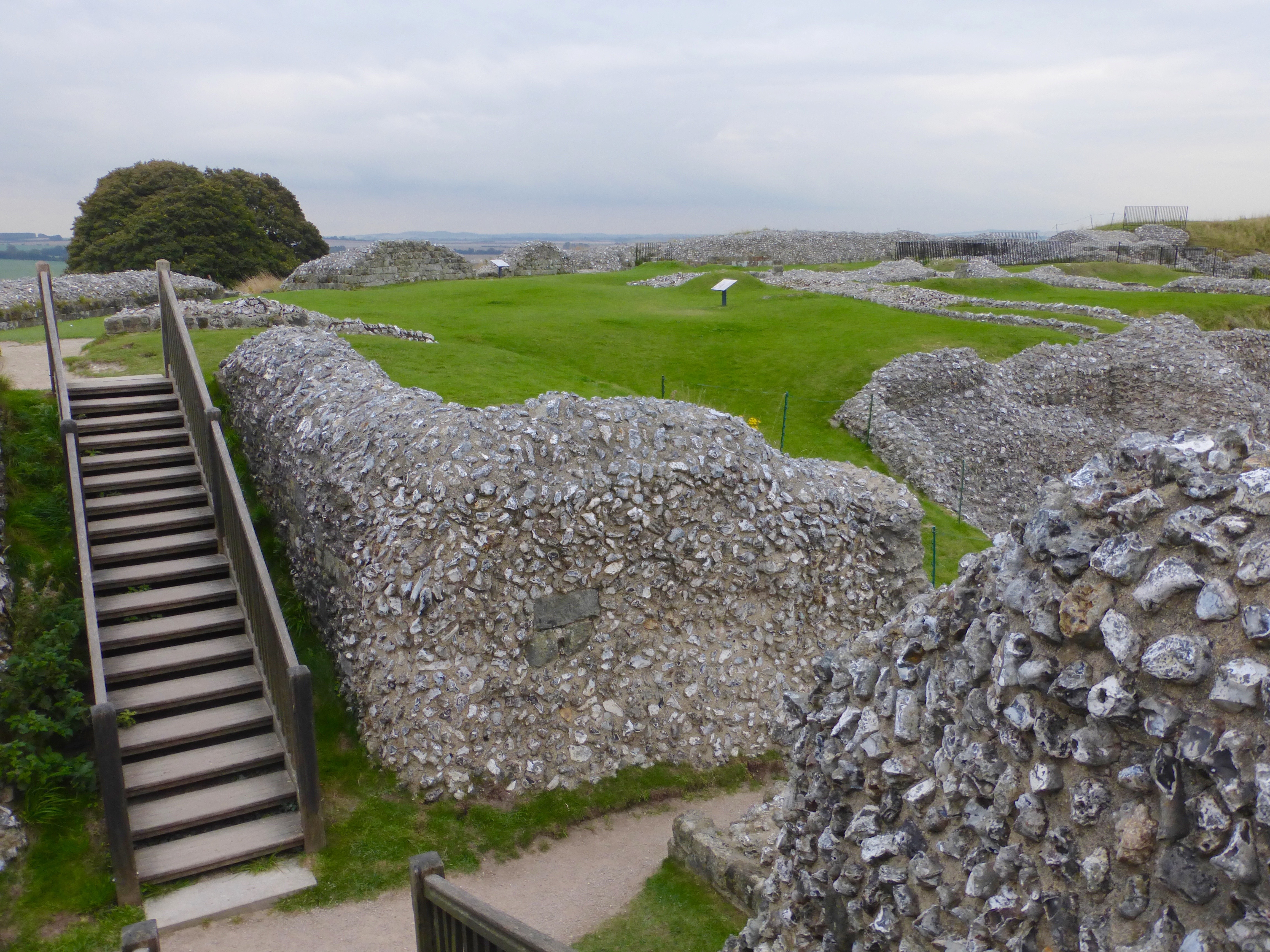
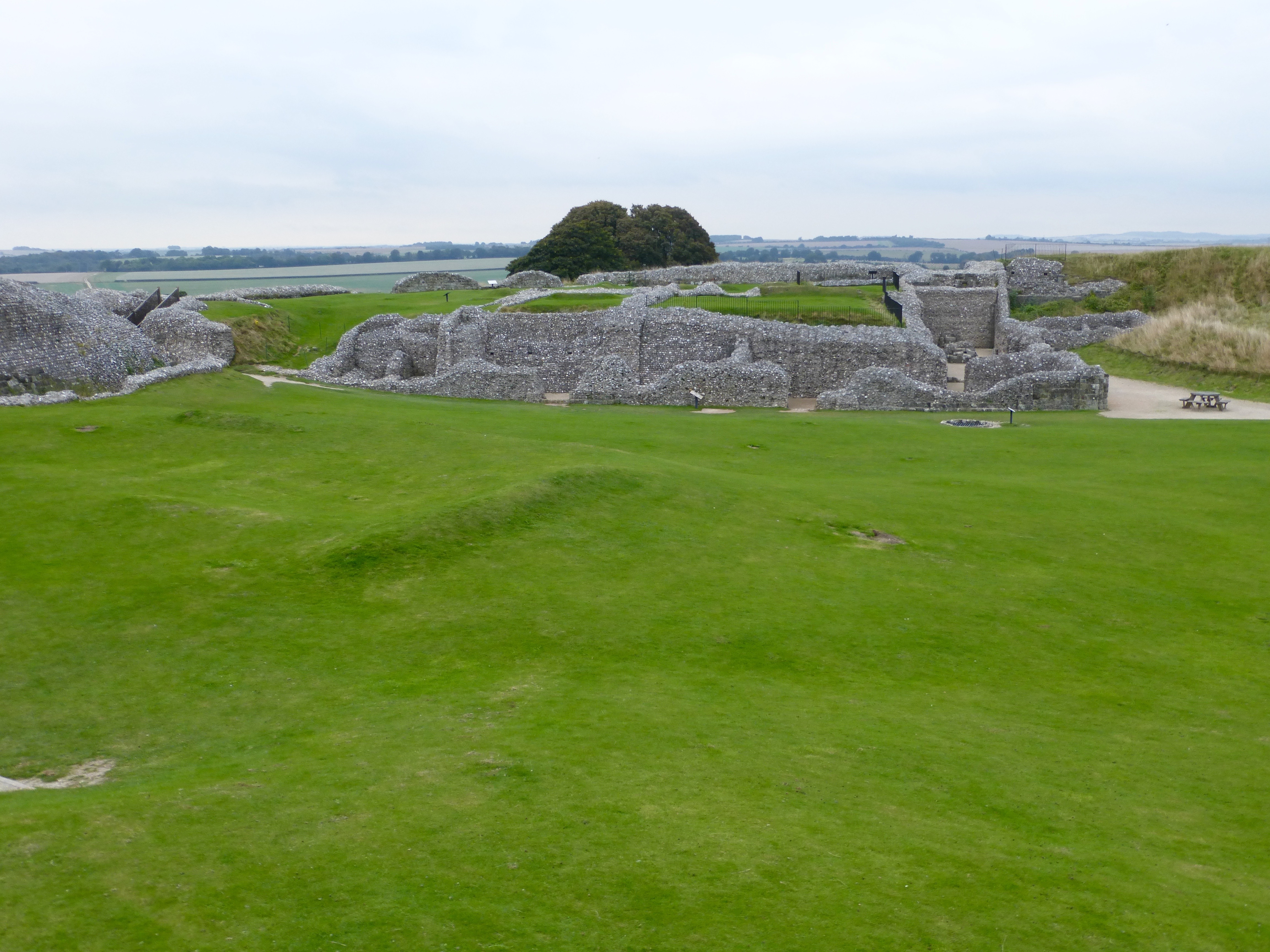
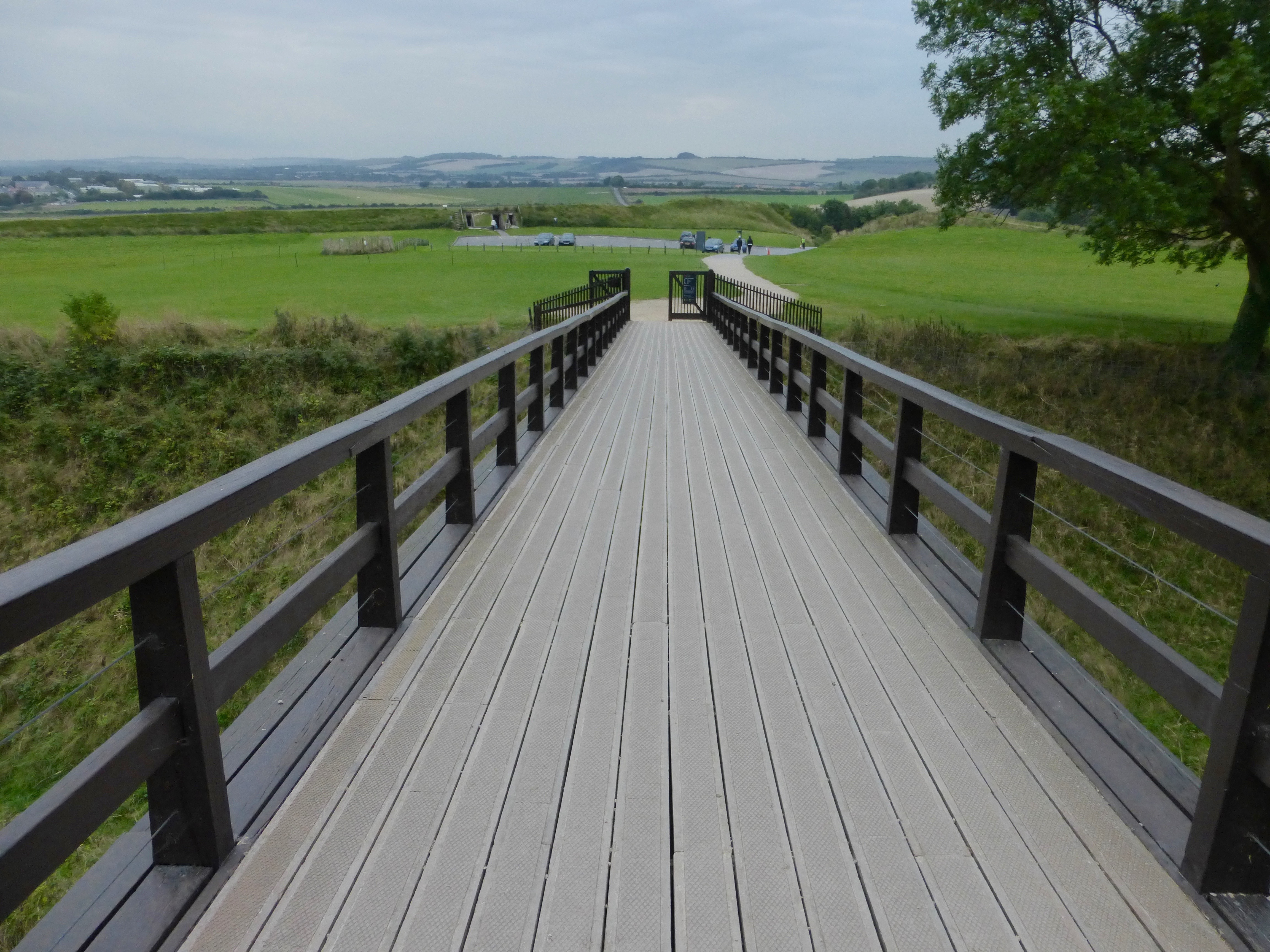
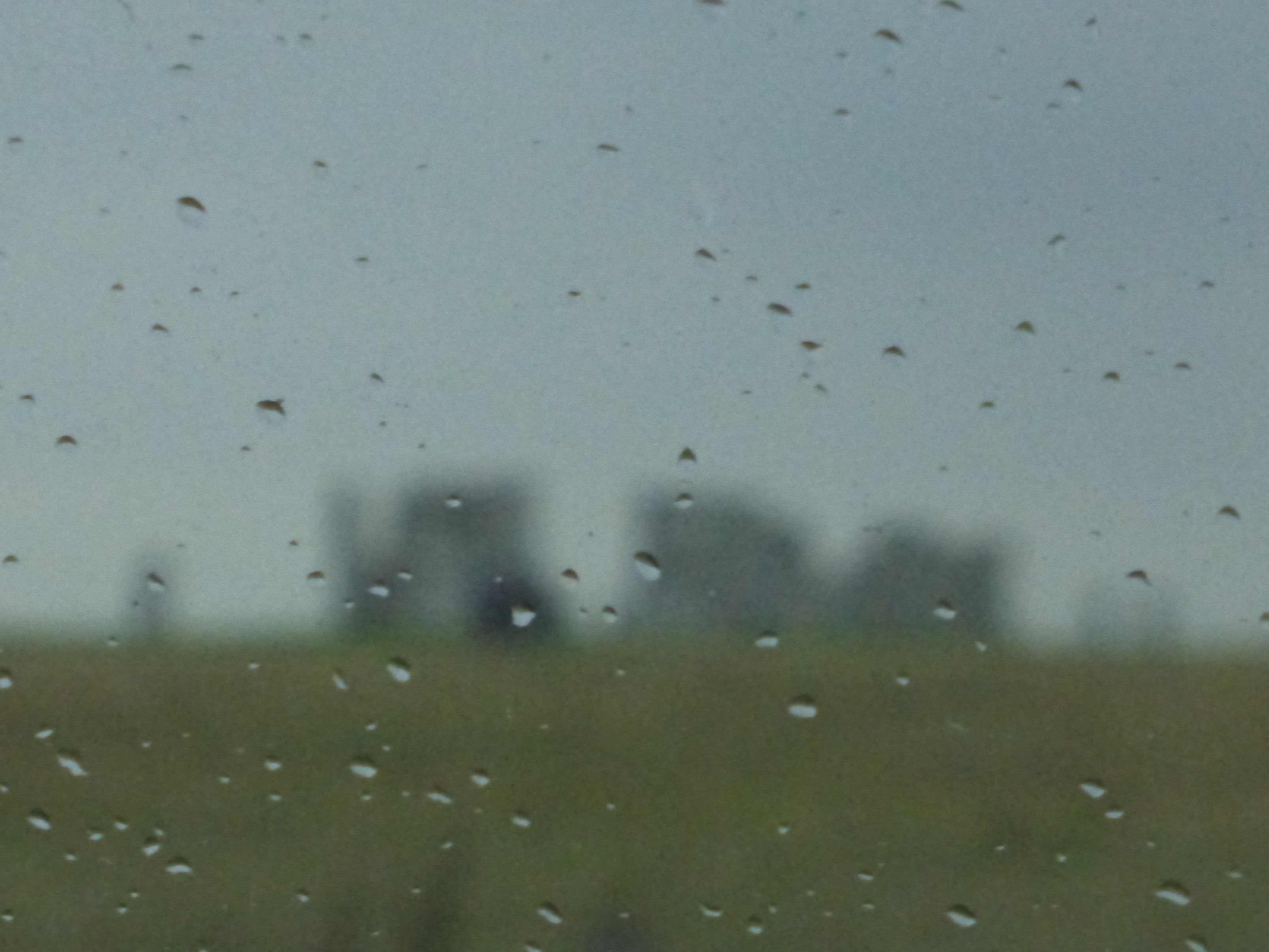
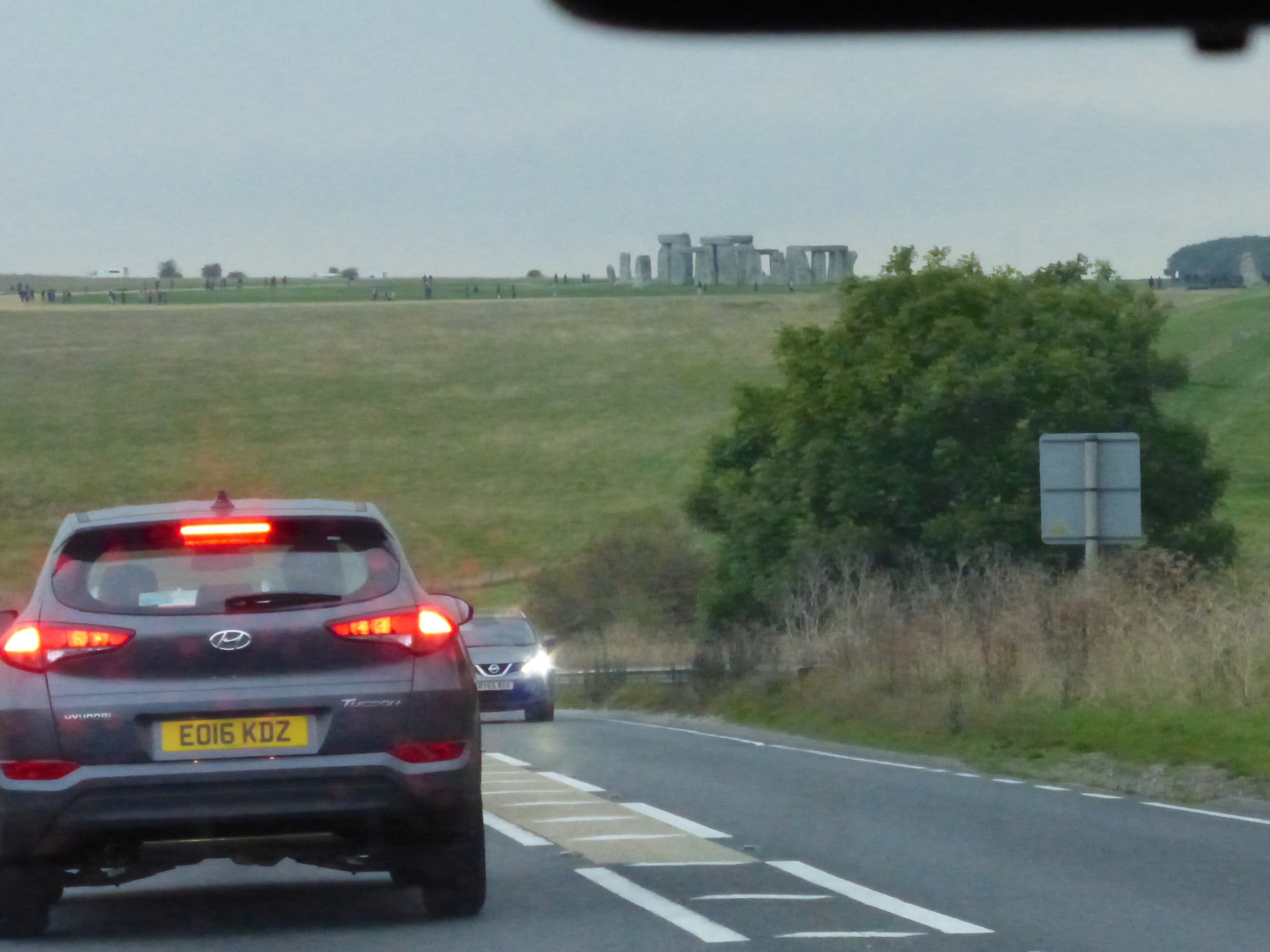
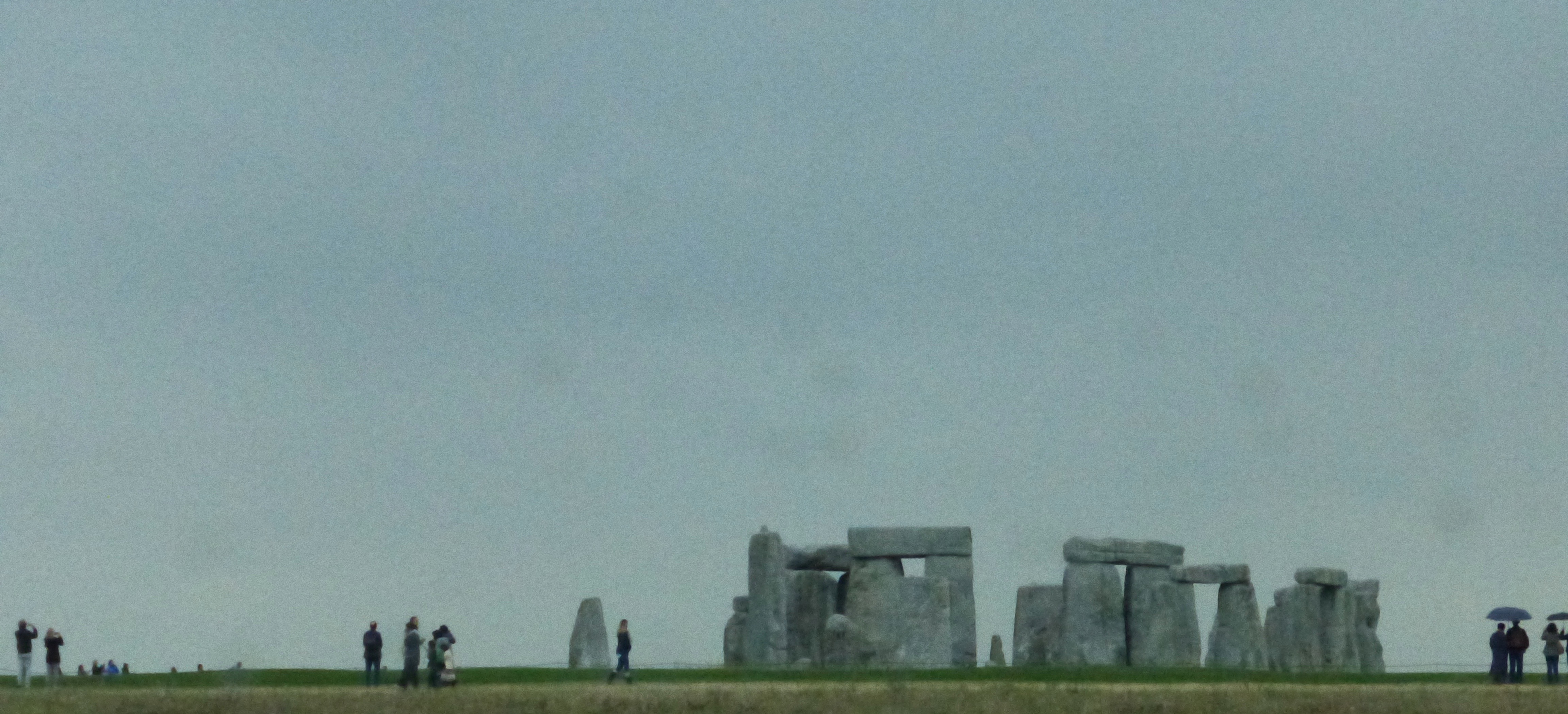
Beautiful…
to me the innards of that tower reminded me of Linda’s sculpture
A bounty of intriguing images.
Thank you Michael.
Hed
Embarrassed to say I was not as thorough in my visit to Salisbury Cathedral and really now wish I had been. Unlike you all, I was staying in Oxford and did Avebury, Silbury Hill, the Barrow, Stonehenge and Salisbury all in one day and the Cathedral was last. Mostly I was trying to see where Constable stood to do his painting of the glorious church! I missed Old Sarum completely……
Finally SOMEwhere I have been more assiduous in my wanderings than you! Of course I can take no credit; Mr. Watson arranged everything, shared his knowledge, his enthusiasm and led us all about. Incidentally, the Salisbury and South Wiltshire Museum had a Constable show with that very painting, many sketches and related works…you would have loved it!
Wow…excellent documentation (both photographic and captioned) of the cathedral…..most impressive! Thanks for sharing…it is truly amazing!
Thank you Thank you Thank you
I love the stone/brick work. Maybe it’s where Greene & Greene got their masonry ideas.
The stonework was amazing; I couldn’t figure out how the millions of flints were cohered, but there they were. Greene and Greene, surely; they’re definitely aligned with the English Arts and Crafts movement, which took great inspiration from the rural vernacular. And oboy is that stuff the rural vernacular…
after all that time I was in Great Britain and being so near I never made it, nice you did
We were fortunate in having excellent guidance, but Wiltshire is definitely worth a trip in this lifetime…